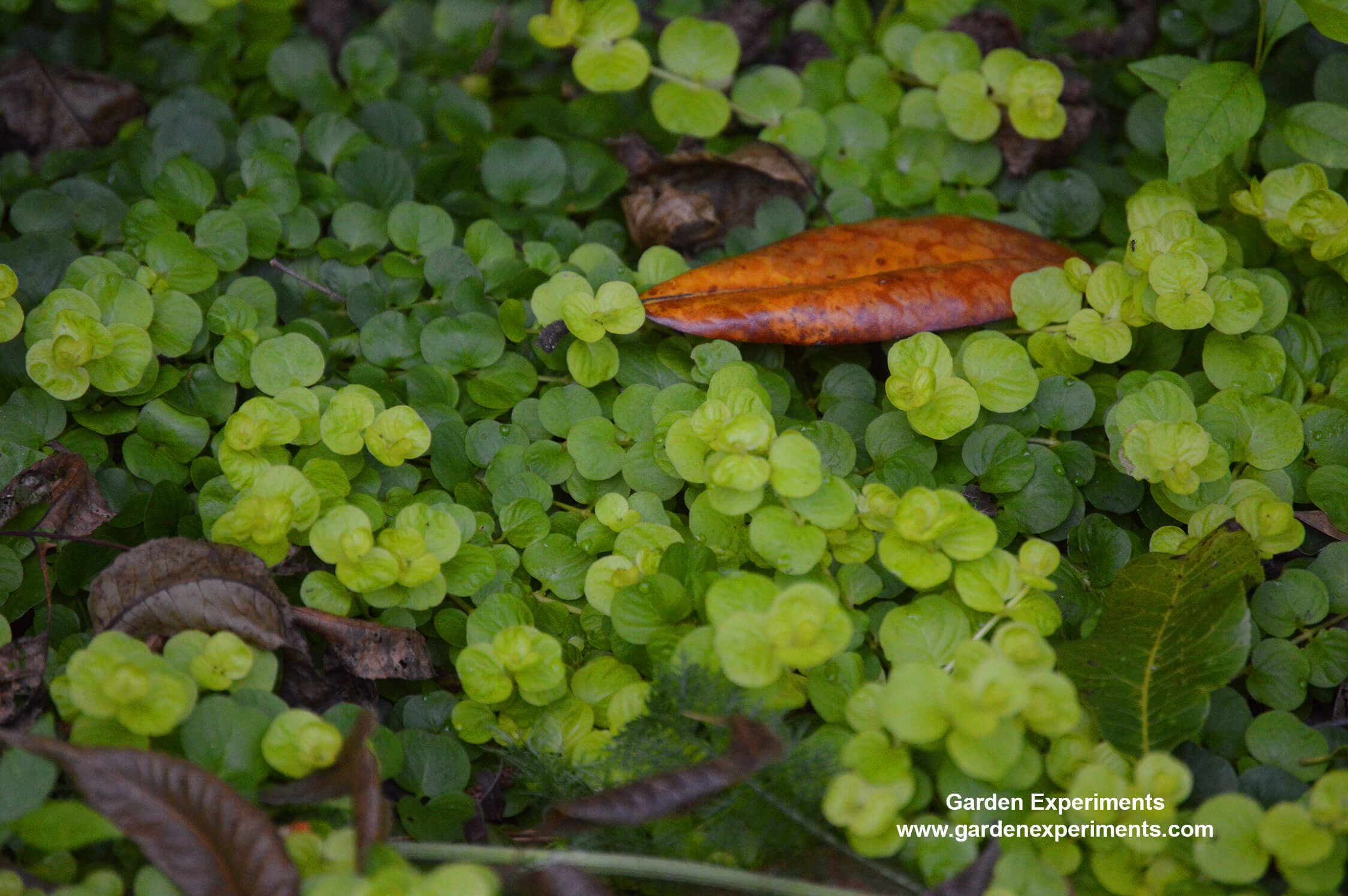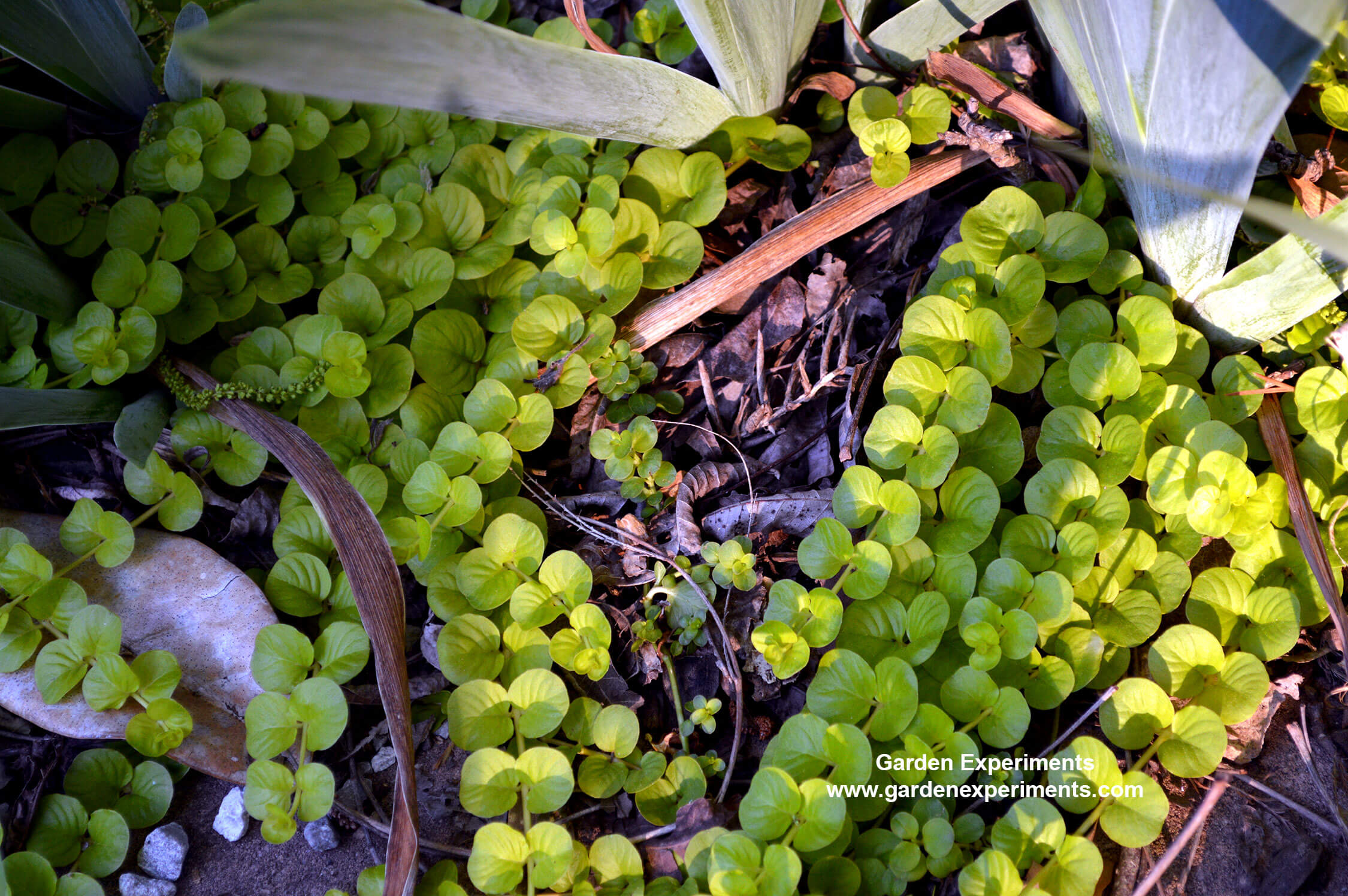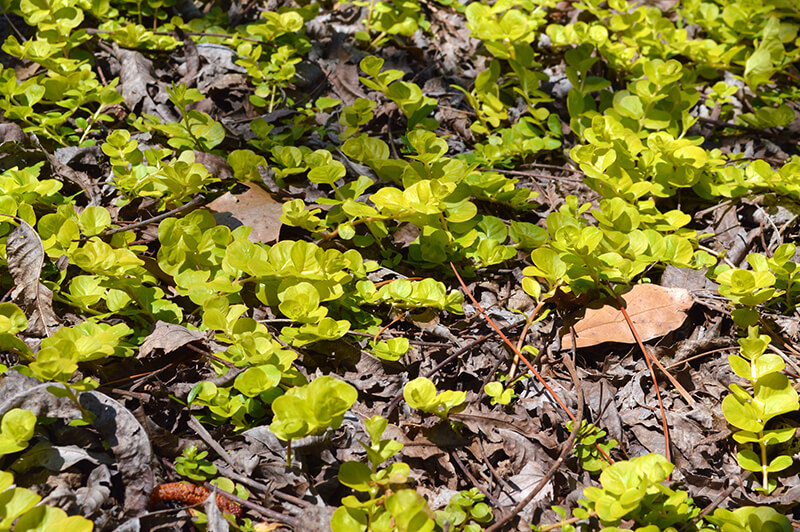Planting in part to full shade doesn’t have to be boring. With these 10 colorful plants that need only part sun, you can add color and flowers to your shade garden.
Choose from perennial flowers that grow in shade, shade perennials with brightly colored leaves, annuals that love shade, and ground covers perfect for those lowl ight areas of your garden.
Listed below are several plants that have beautiful and brightly colored leaves that, when combined with other shade plants, add structure and texture to my shade gardens.
Perennial Flowers for Shade Gardens
#1 Hellebores – Lenten Rose
The flowers in the genus Helleborus are early spring bloomers and come in many flower colors including green. Hellebores or Lenten Roses produce large flowers that perform well in part shade.
The blooms last for several weeks but are done by the time summer gets here. The flowers of these shade perennials tend to droop, so you may want to stake some or use some kind of plant support for the best viewing.
These shade-loving plants are deer-resistant and prefer moist soil, but they don’t like to sit in wet soil which will rot their roots. For best results, add some organic matter to your soil and mulch as needed. Lenten rose is hardy in USDA zone 4 to zone 8.
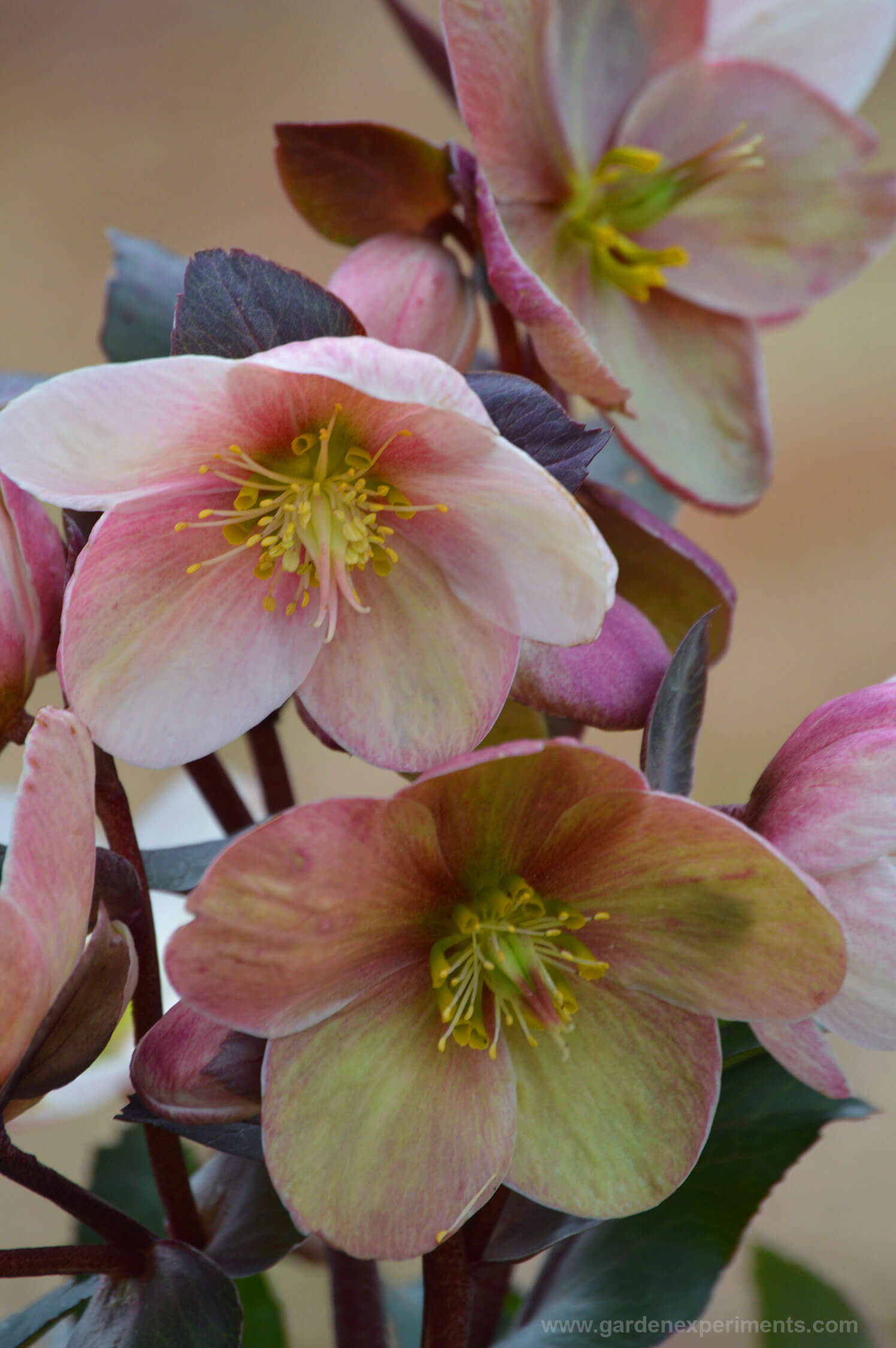
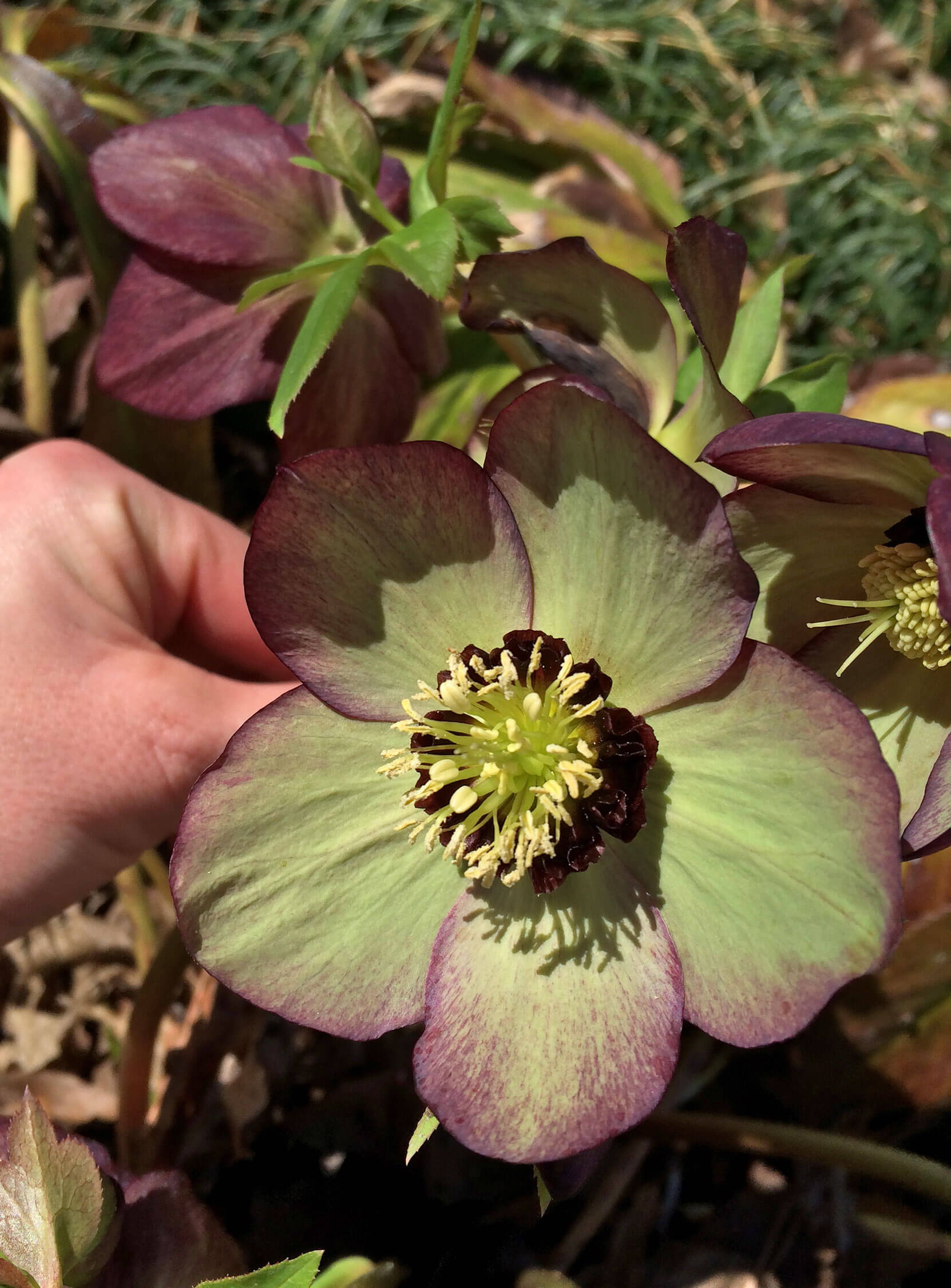
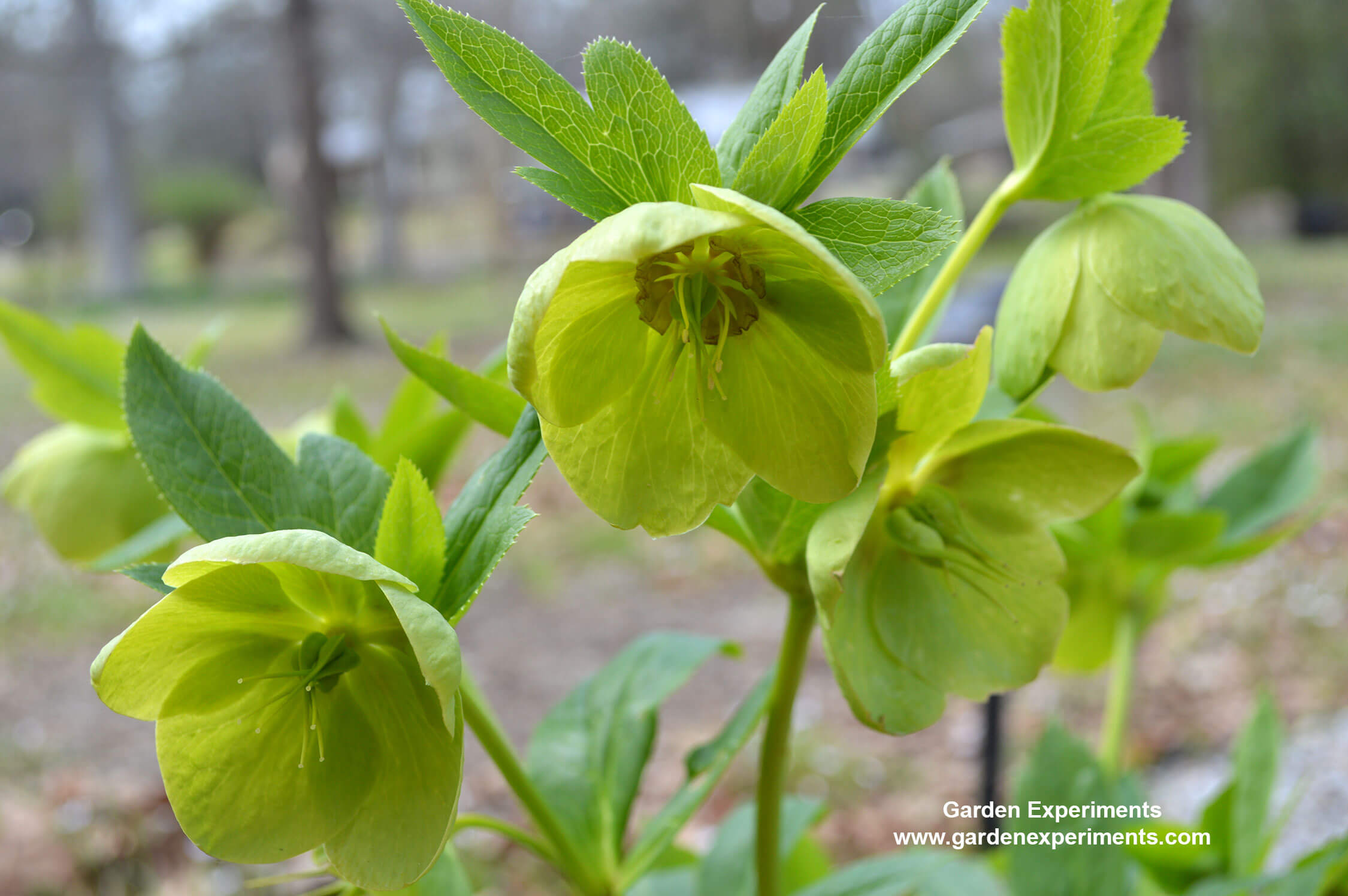
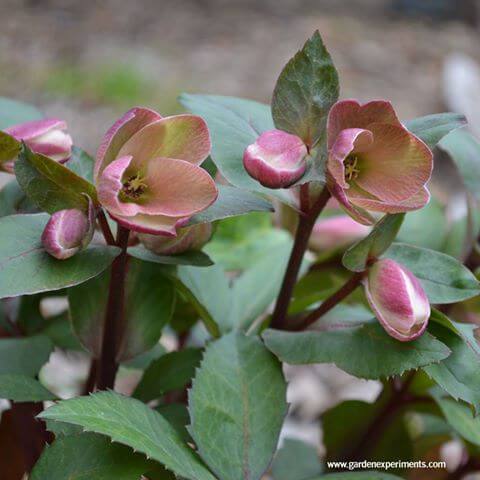
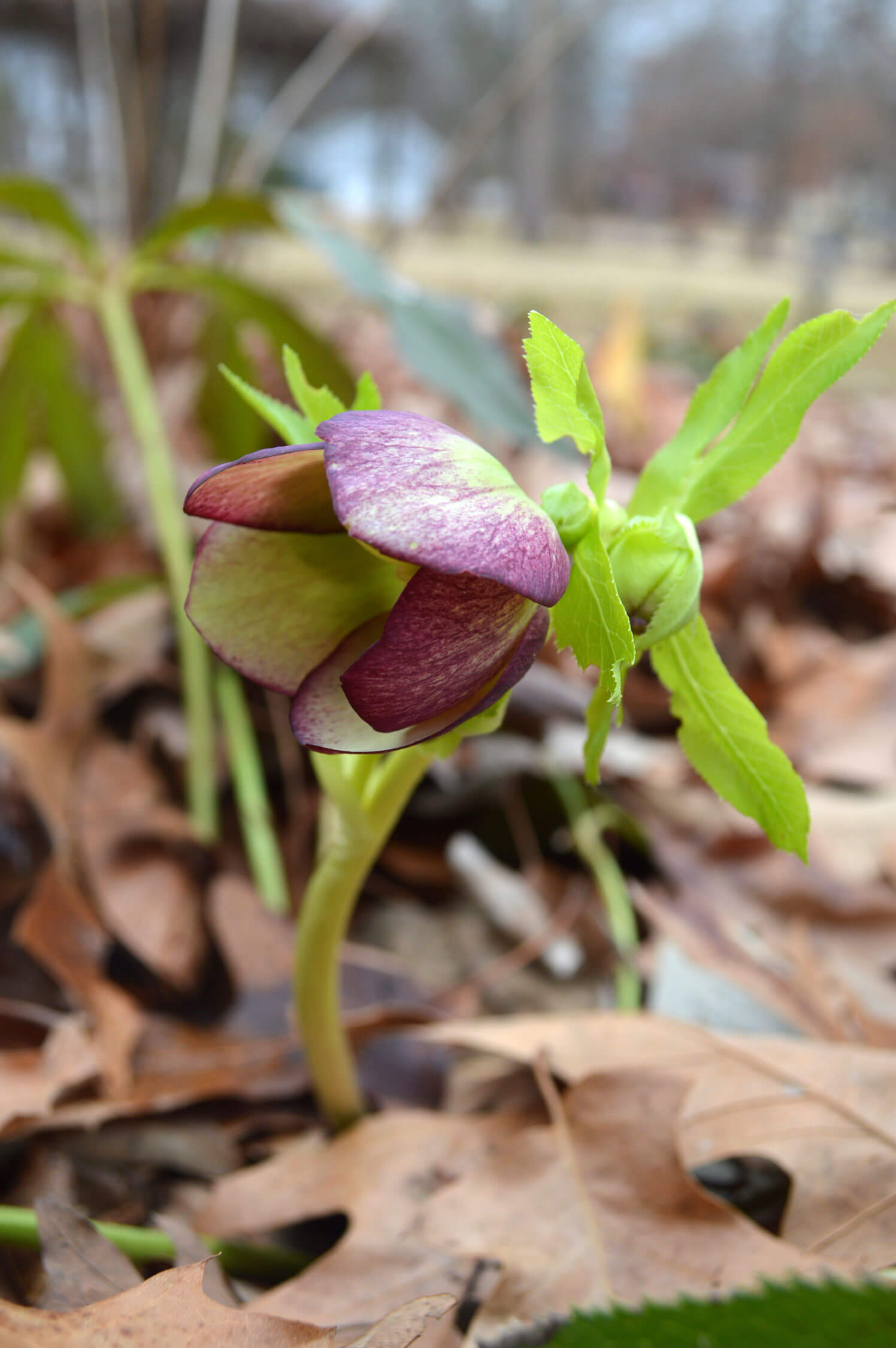
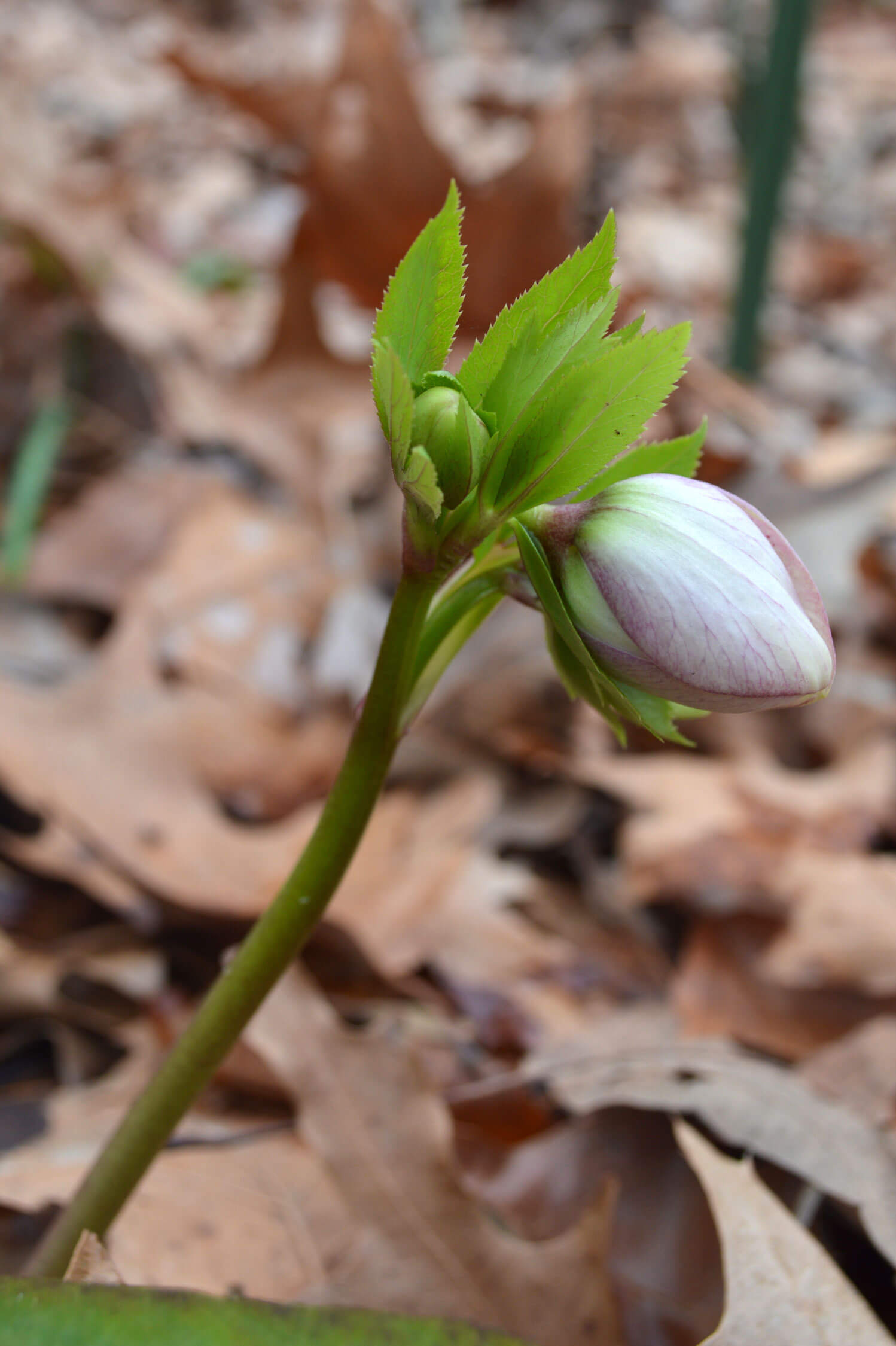
#2 Siberian Bugloss ‘Silver wings’
This little shade-tolerant plant (Brunnera macrophylla) does double duty. It has both beautiful leaves and produces a delicate blue flower that provides a pop of color in a shade garden, even with low light conditions. The tiny blue flowers appear in spring. Grow multiple plants of this shade flower together for the most visual impact.
It prefers medium moist soil and part to full shade. It will grow in a clumping habit. Hardy in USDA zone 3a to zone 7b.
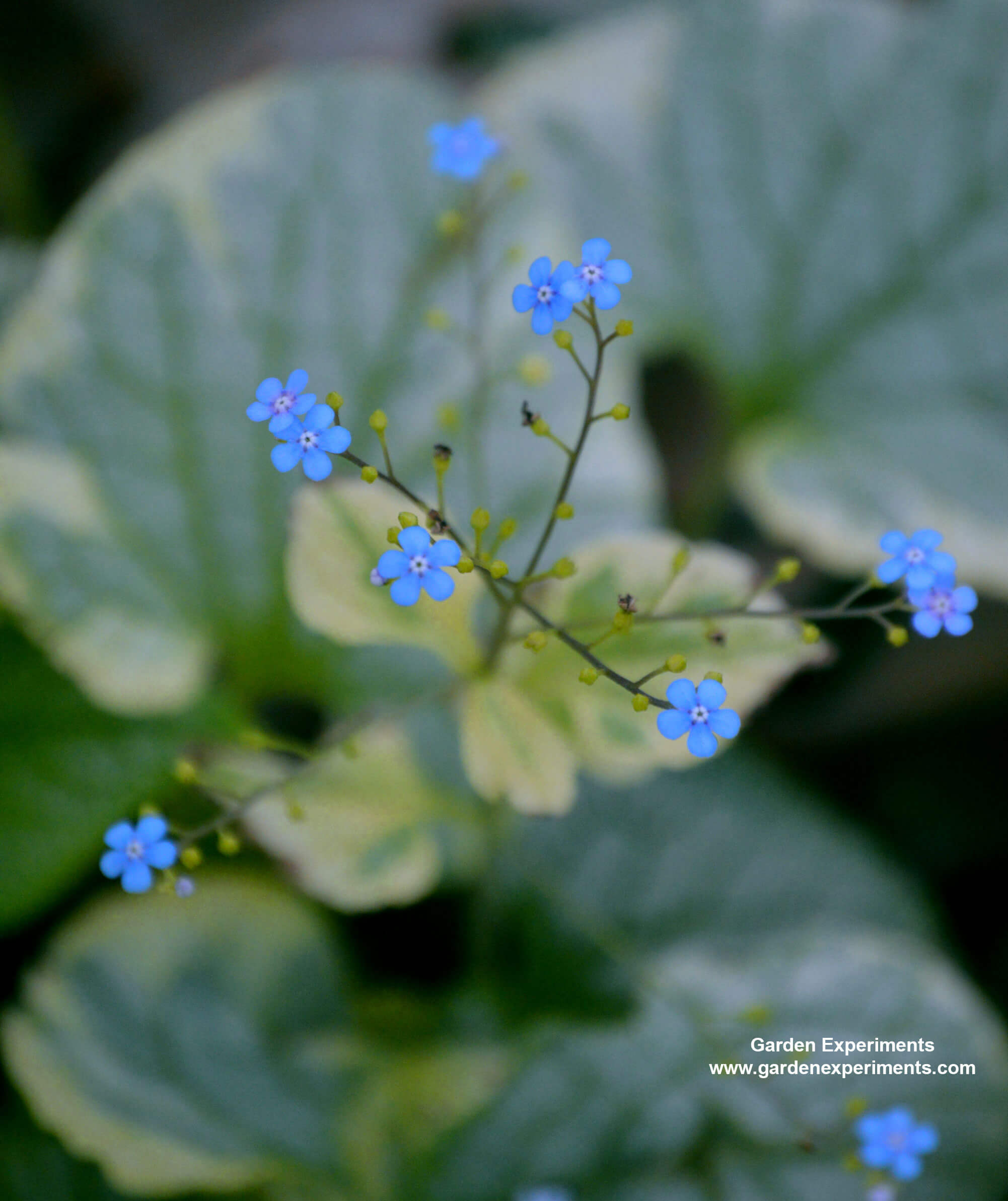
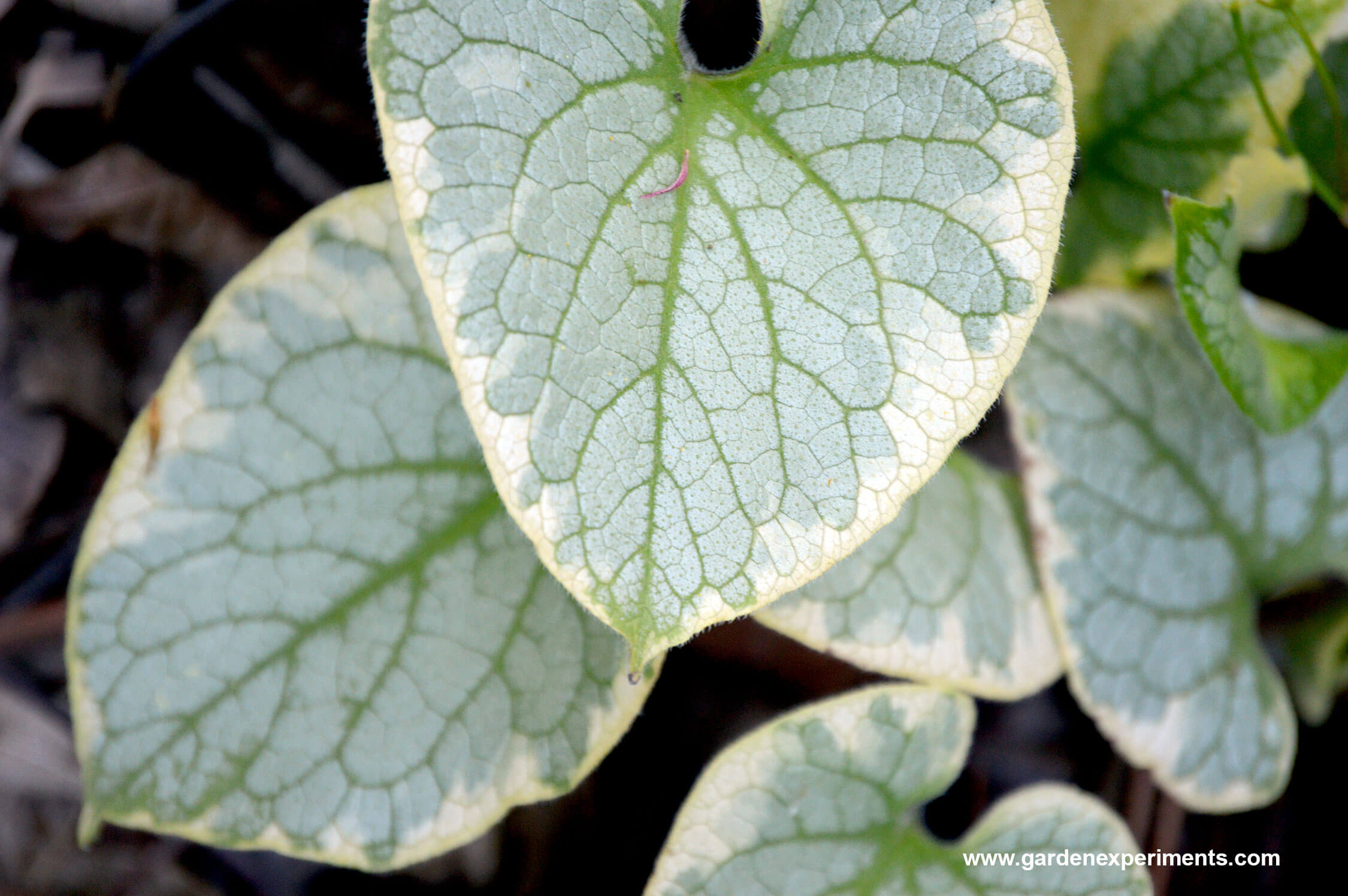
#3 Orange Ginger Lily – Hedychium coccineum
Although this ginger lily can be planted in sun, the Mississippi summers are so hot, it does very well in part-shade to nearly full shade areas in my garden. It’s a much taller plant than many shade-tolerant species – so if you’re looking for a tall flower for shade, this is a great choice. It can grow as tall as four to five feet.
The shade-tolerant ginger lily is grown from a rhizome, so it requires moist but well-drained soil. The unique orange flowers bloom in summer and early fall. In USDA plant zones 7 to 10, it is perennial. You can dig up and divide the rhizomes in winter to spread the plant.
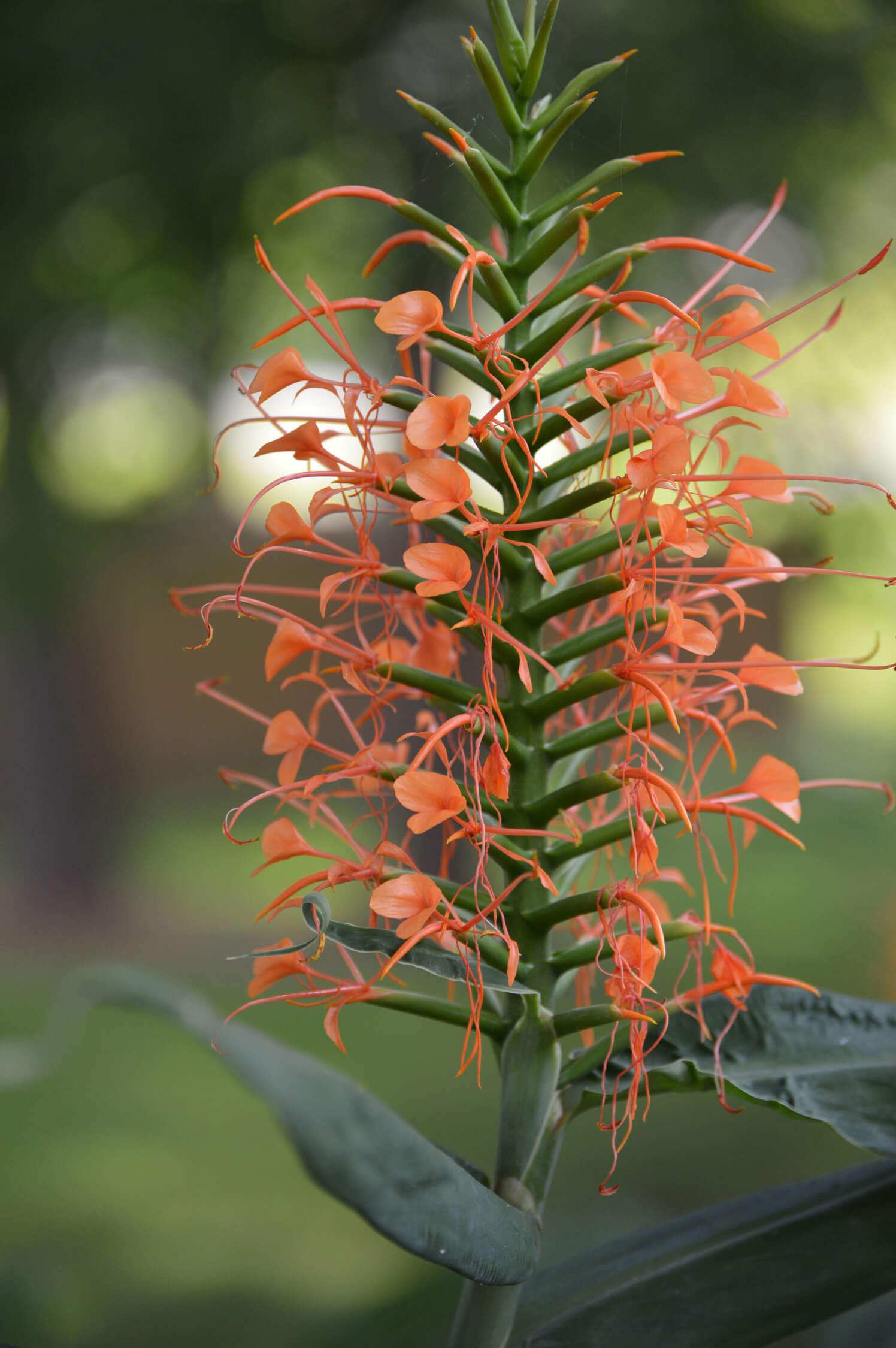
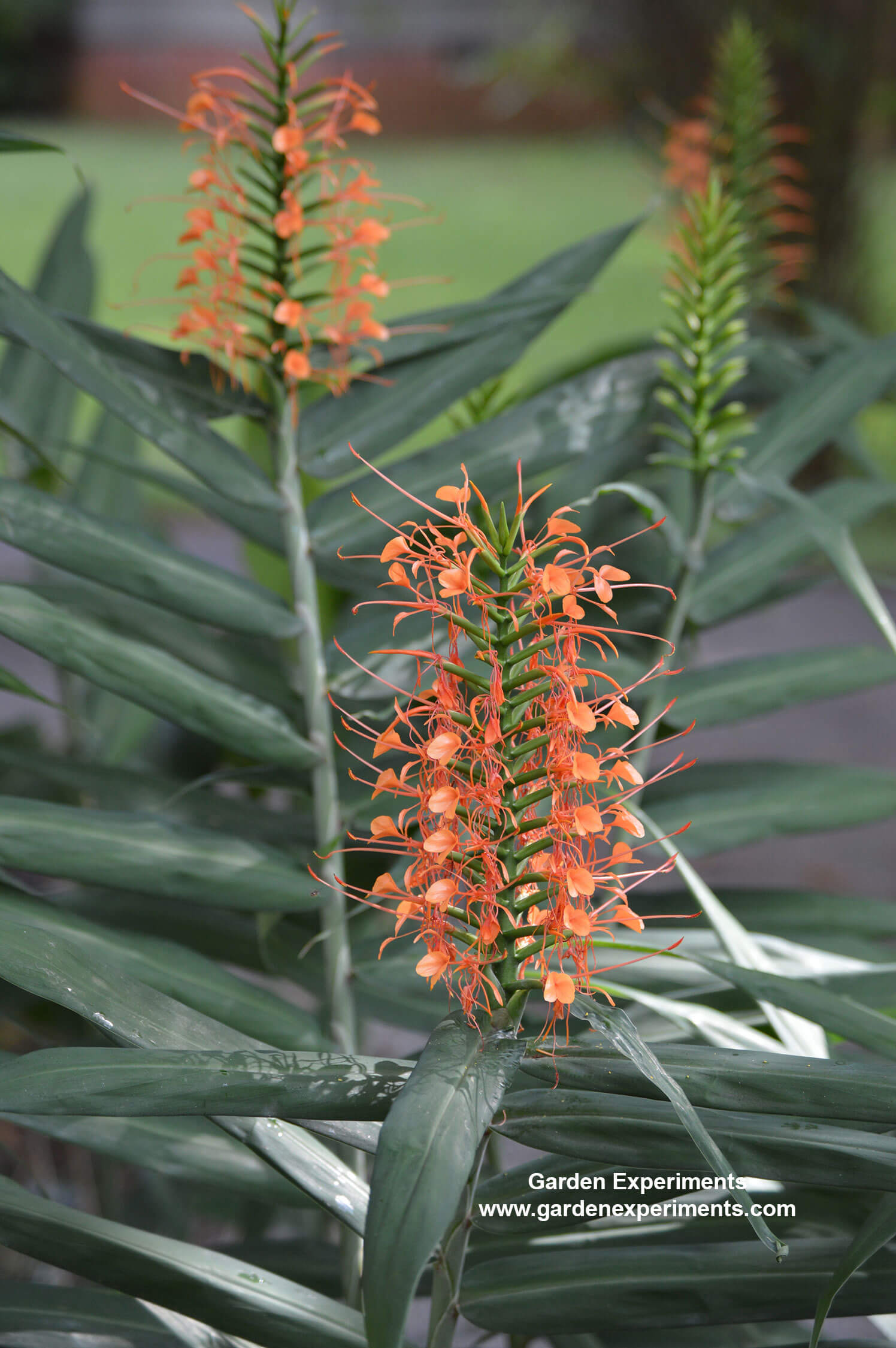
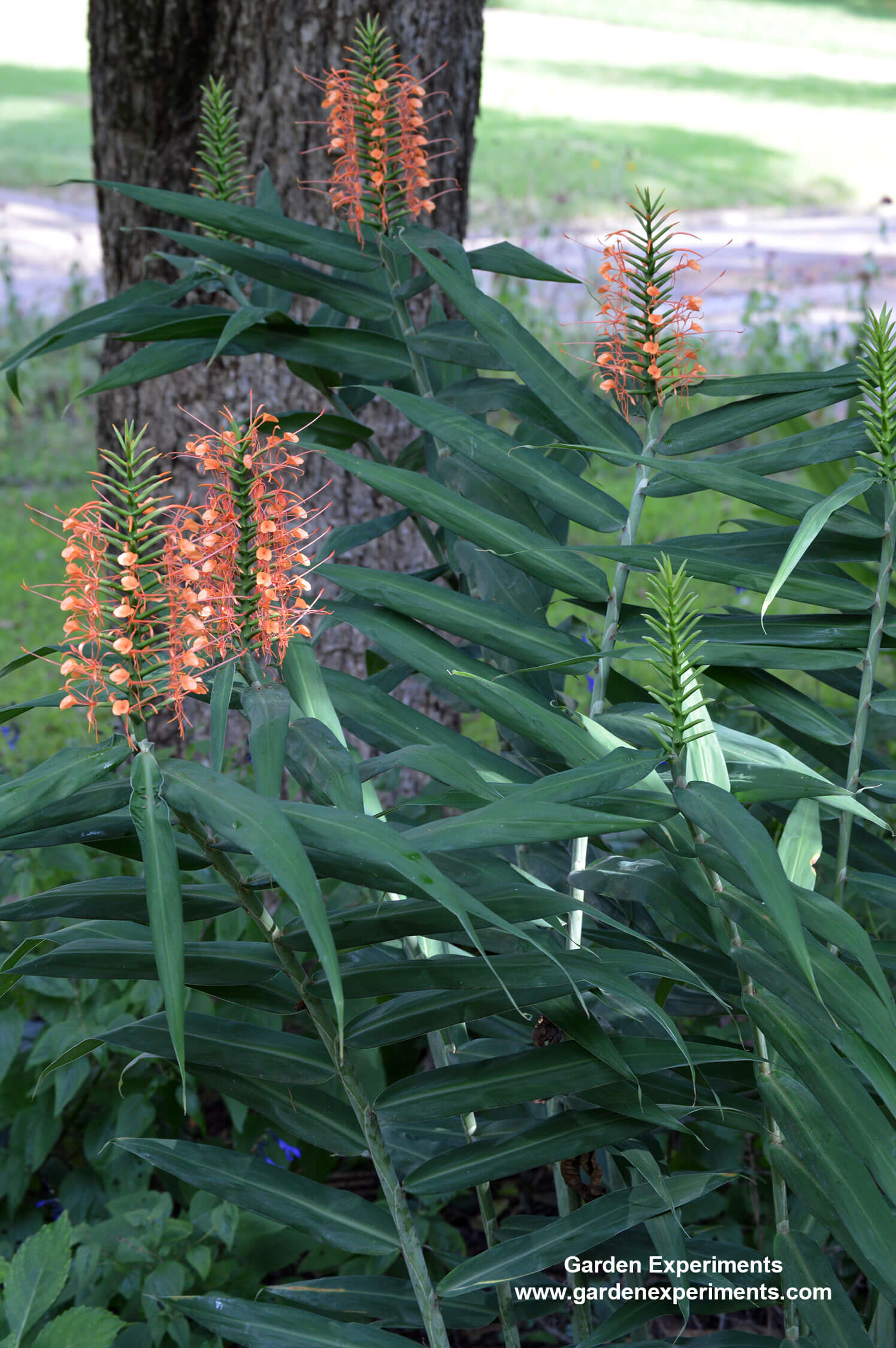
#4 Indian Pink – Spigelia marilandica
The bright red tubular flowers of Indian Pink have a yellow center that makes them stand out in the shade. This native plant prefers part-shade but also grows in full shade. It produces flowers in the spring through summer. It sometimes reblooms in early fall.
This plant needs to grow in well-drained soil with lots of organic material. It needs no more than 2 to 6 hours of sun – making it perfect for a shade garden.
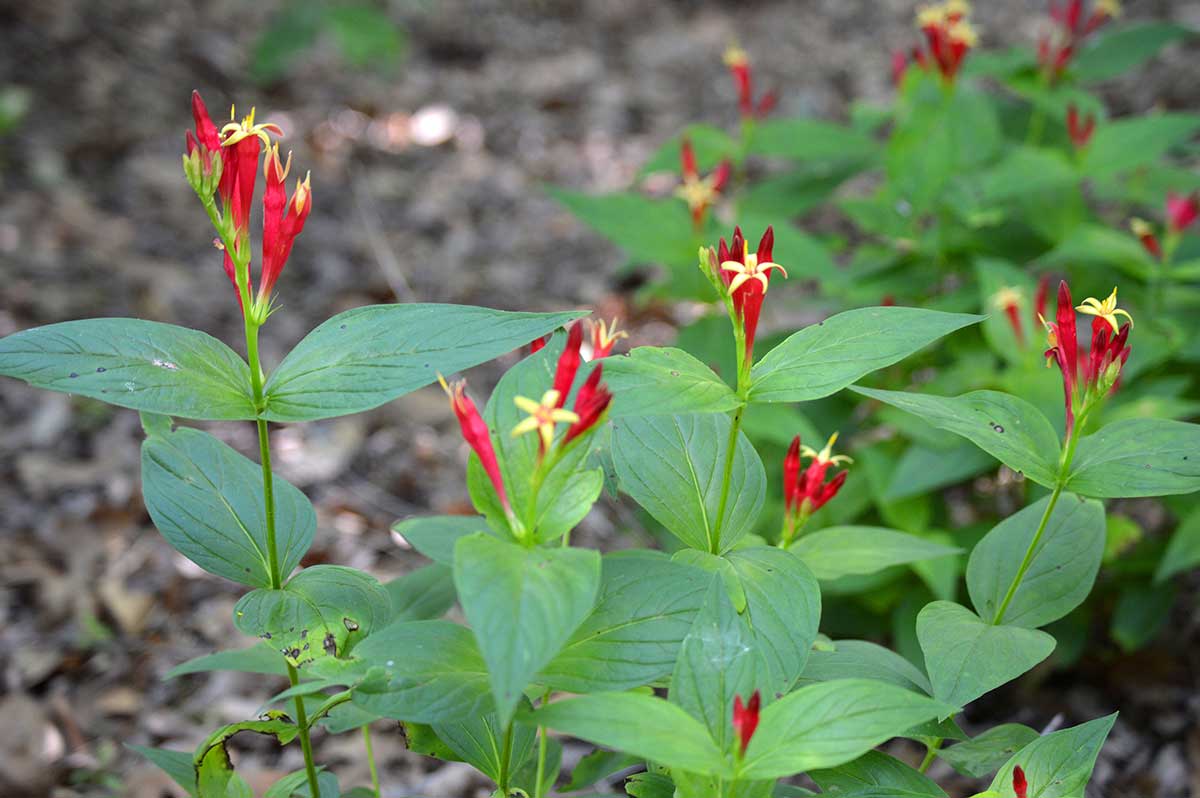
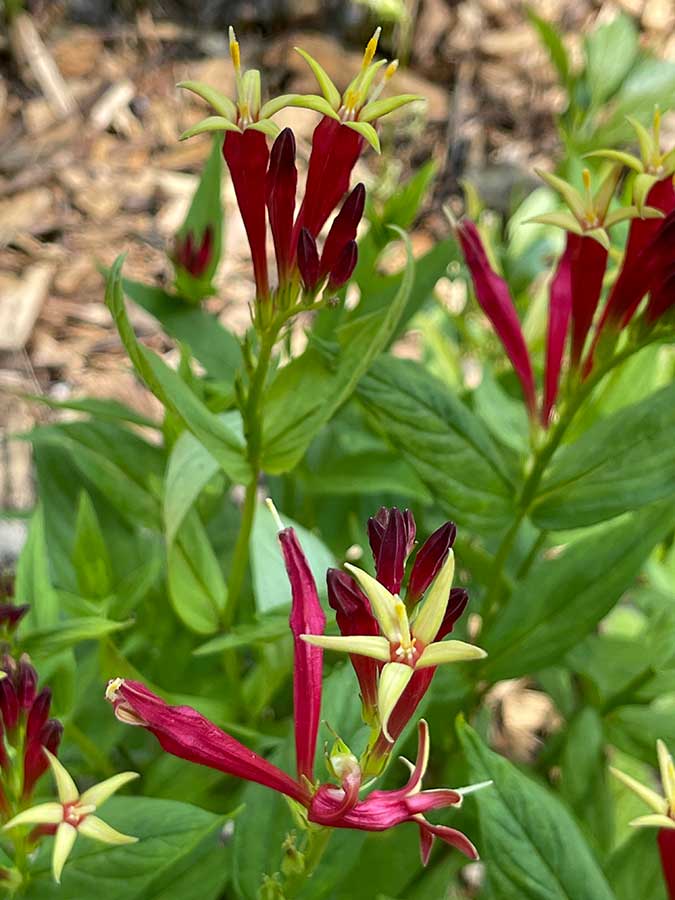
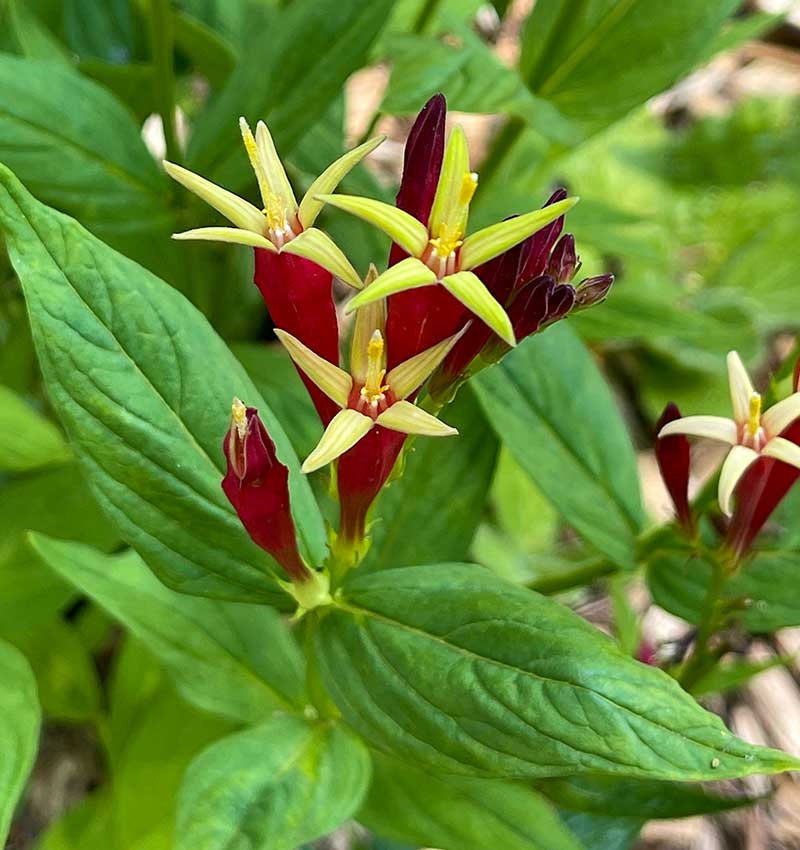
Colorful Perennial Plants for Shade Gardens
Not all plants are grown for their blooms. This seems especially true when it comes to shade plants. You actually get more long-term color and interest in your garden from a plant that has interesting leaves than from one that has a short-term flower. These colorful shade perennials are a great addition to your shade garden or a north-facing portion of your house.
#5 Coral Bells – Heuchera and Heucherella
With so many choices in leaf colors, there is sure to be a Heuchera or Heucherella to suit you. From dark purple to lime green, reds, pinks, and greens, take your pick of a color that works well in your shade garden. While they do produce small flowers, I’m mostly interested in the amazing leaf colors.
They prefer part shade and are a clumping or mounding plant. It prefers well-drained, fertile soil. Mulching is a good idea. Plants can be divided in the fall. You can propagate the plants from leaf cuttings. They are hardy in USDA zones 4 through 7.
Heucherella is a hybrid of Heuchera and Tiarella.
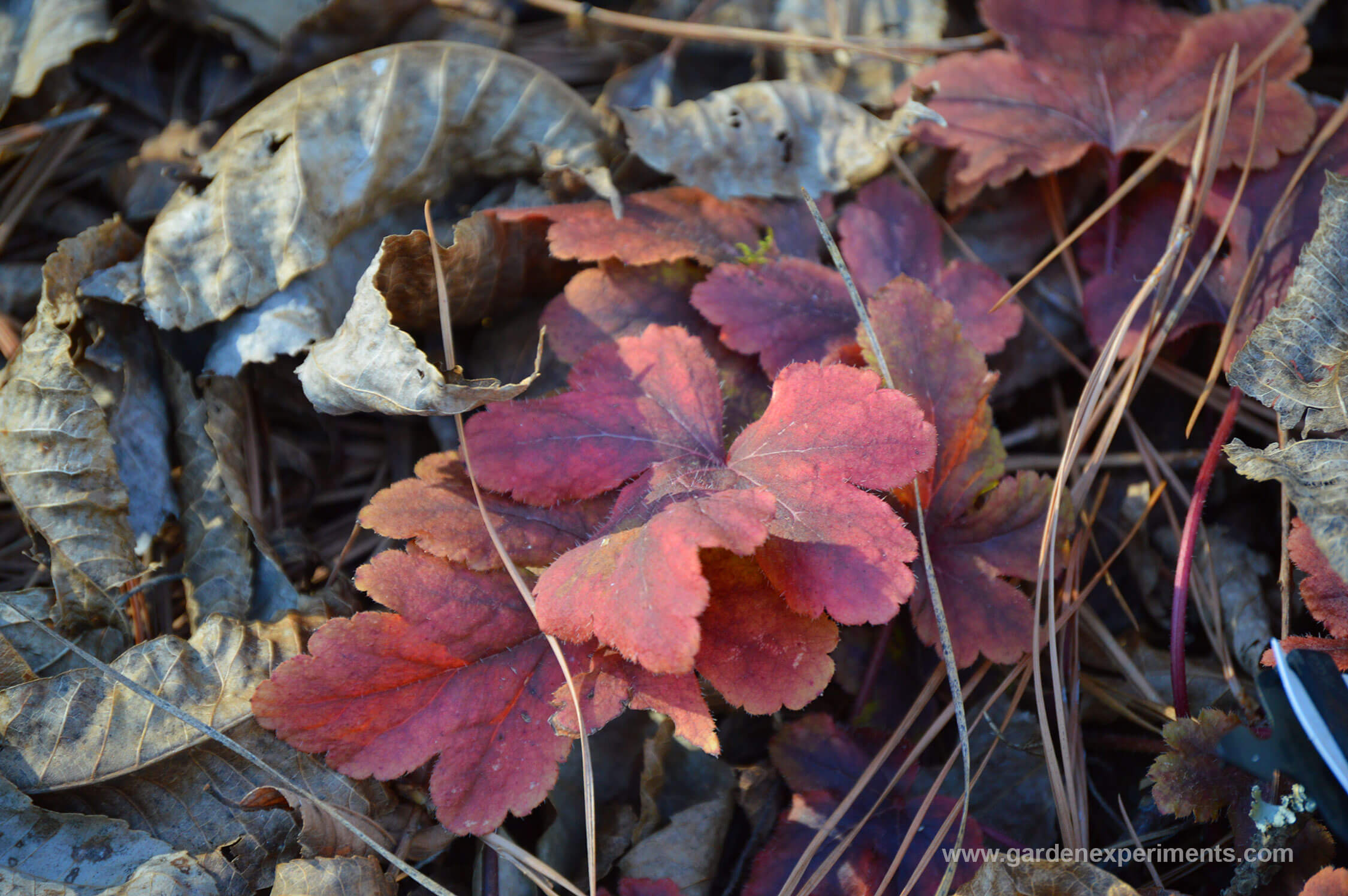
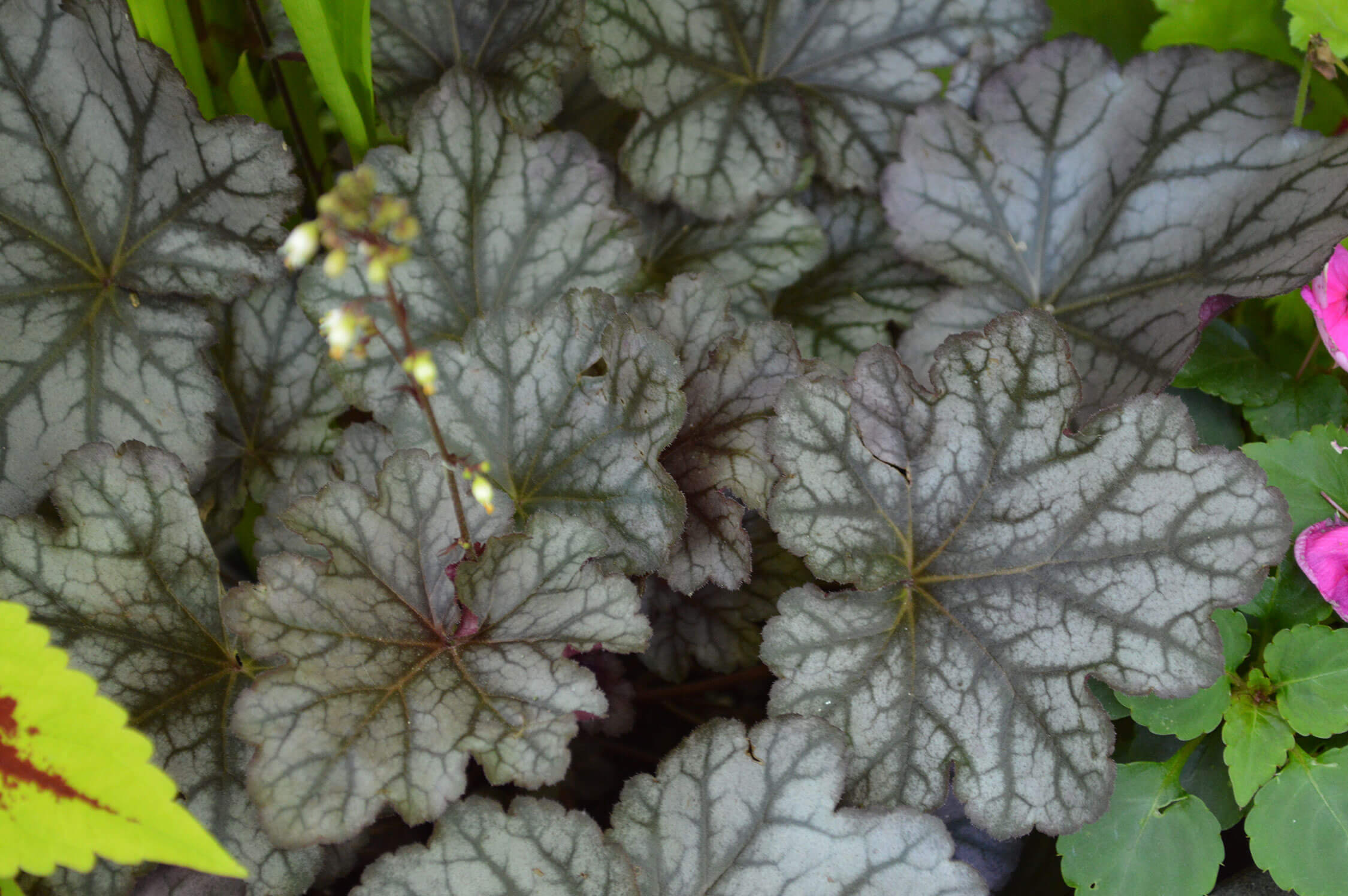
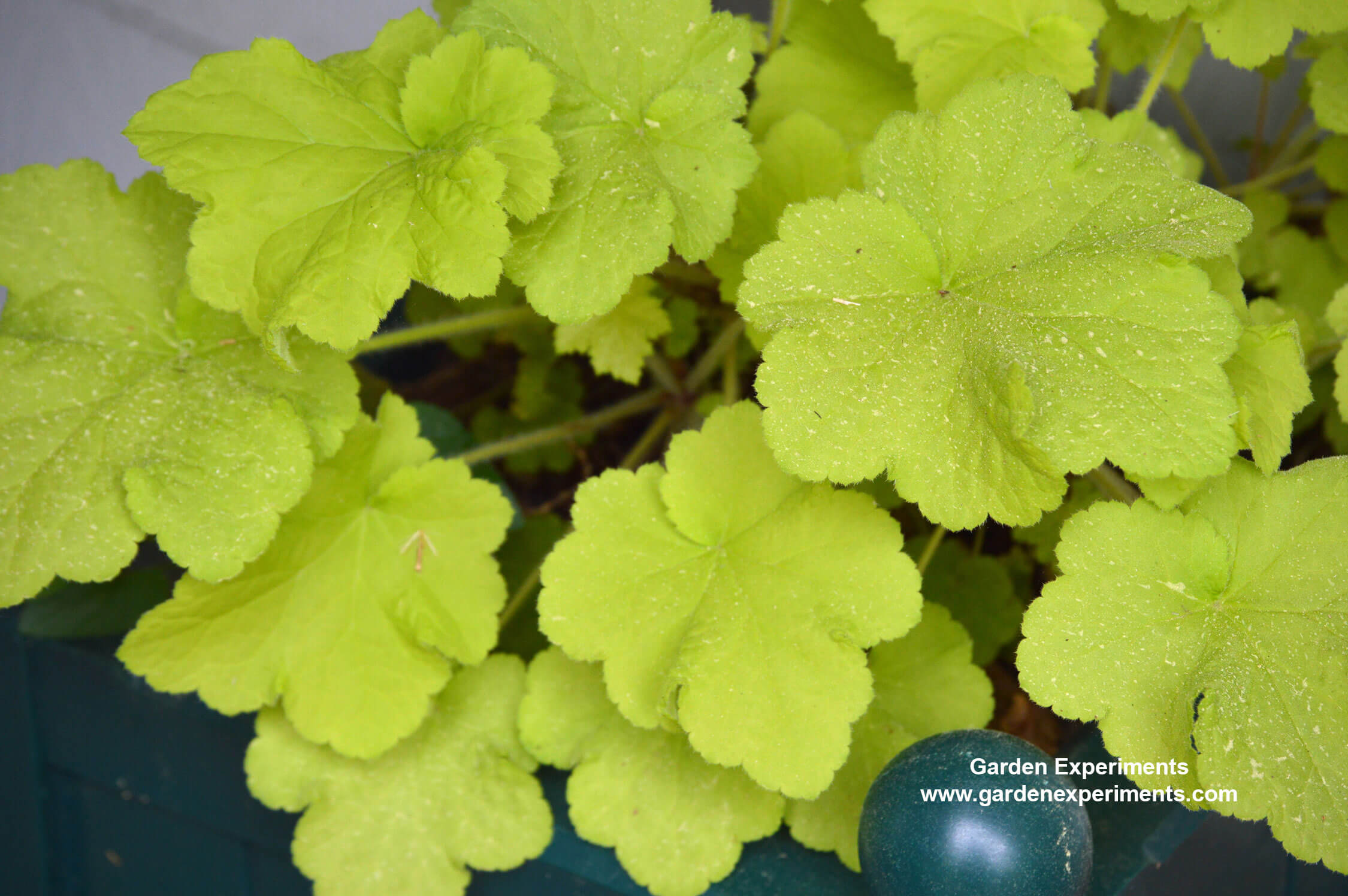
#6 Hostas
Everyone is familiar with hostas, but did you know there were so many different kinds? There are over 2,500 cultivars! With so many different sizes, colors, and textures, you will find colorful leaves and textures that add interest to any shady spot in your garden.
A fair warning with these plants, if you have a deer problem, DO NOT plant these. It’s like planting candy for deer; hostas are the first thing that gets eaten out of the garden. Hostas are hardy up to zone 8. Pick one that is well-suited to your zone and light conditions.
Hostas do not like wet soil, but prefer rich, well-drained, organic soil. If there are drought conditions, you will need to water your hostas. Additionally, if you have them planted close to tree roots, they will require more water as well. Mulch hostas in northern climates.
You can divide hostas in early spring to make new plants. They do best in part shade.
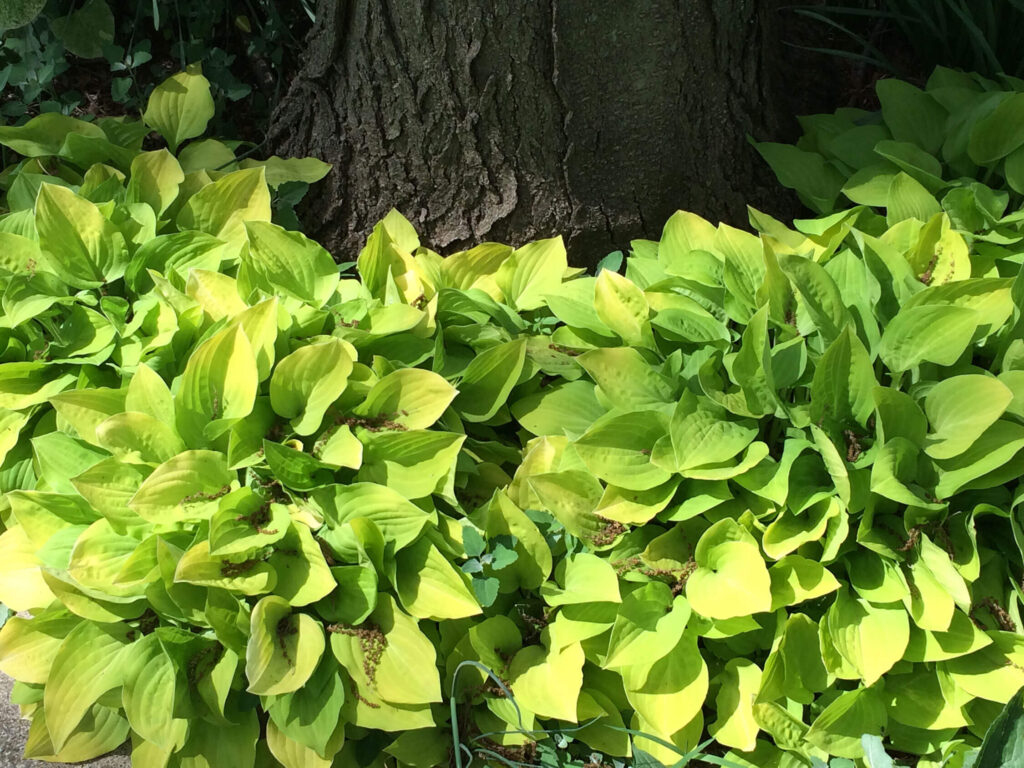
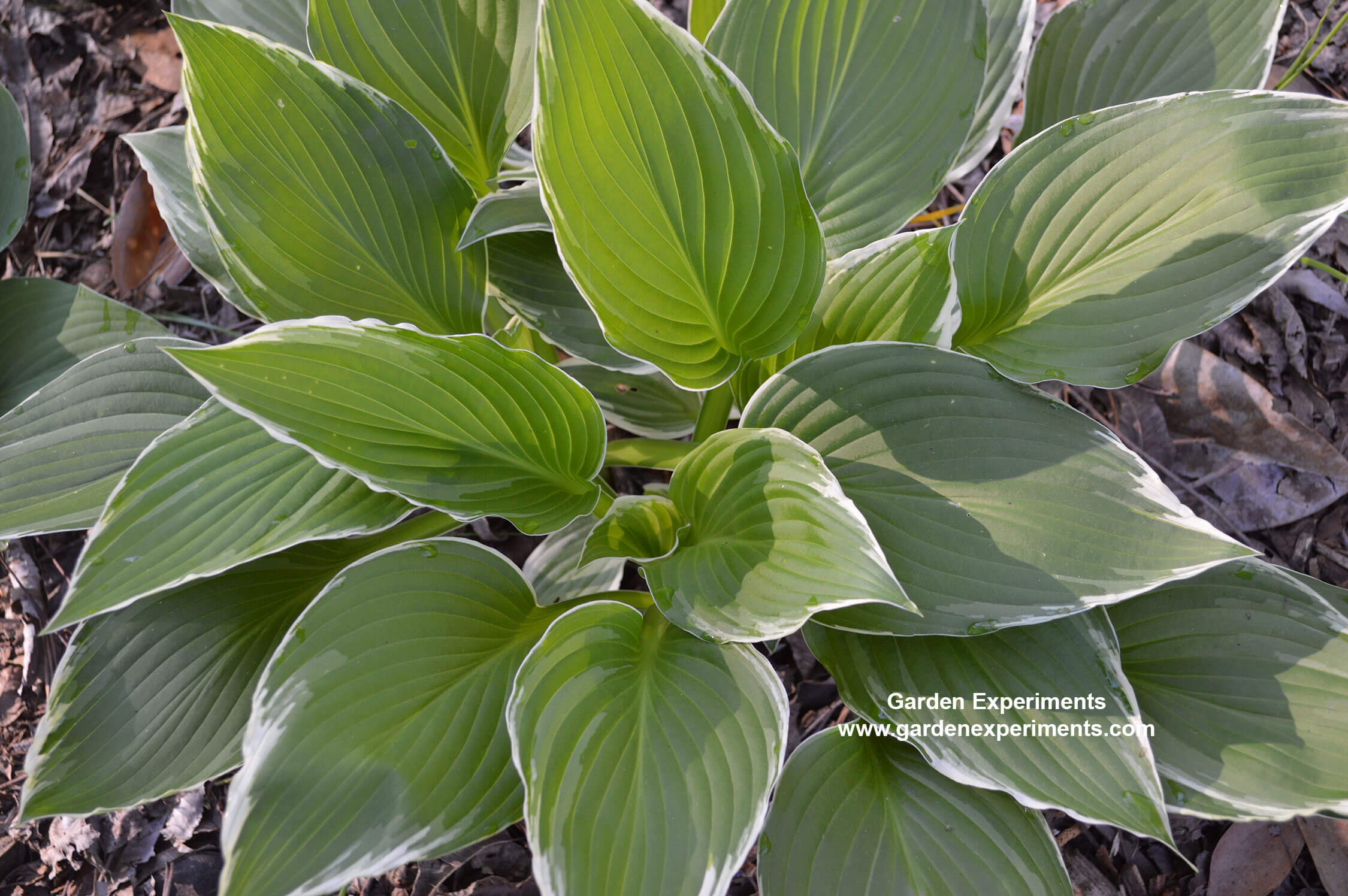
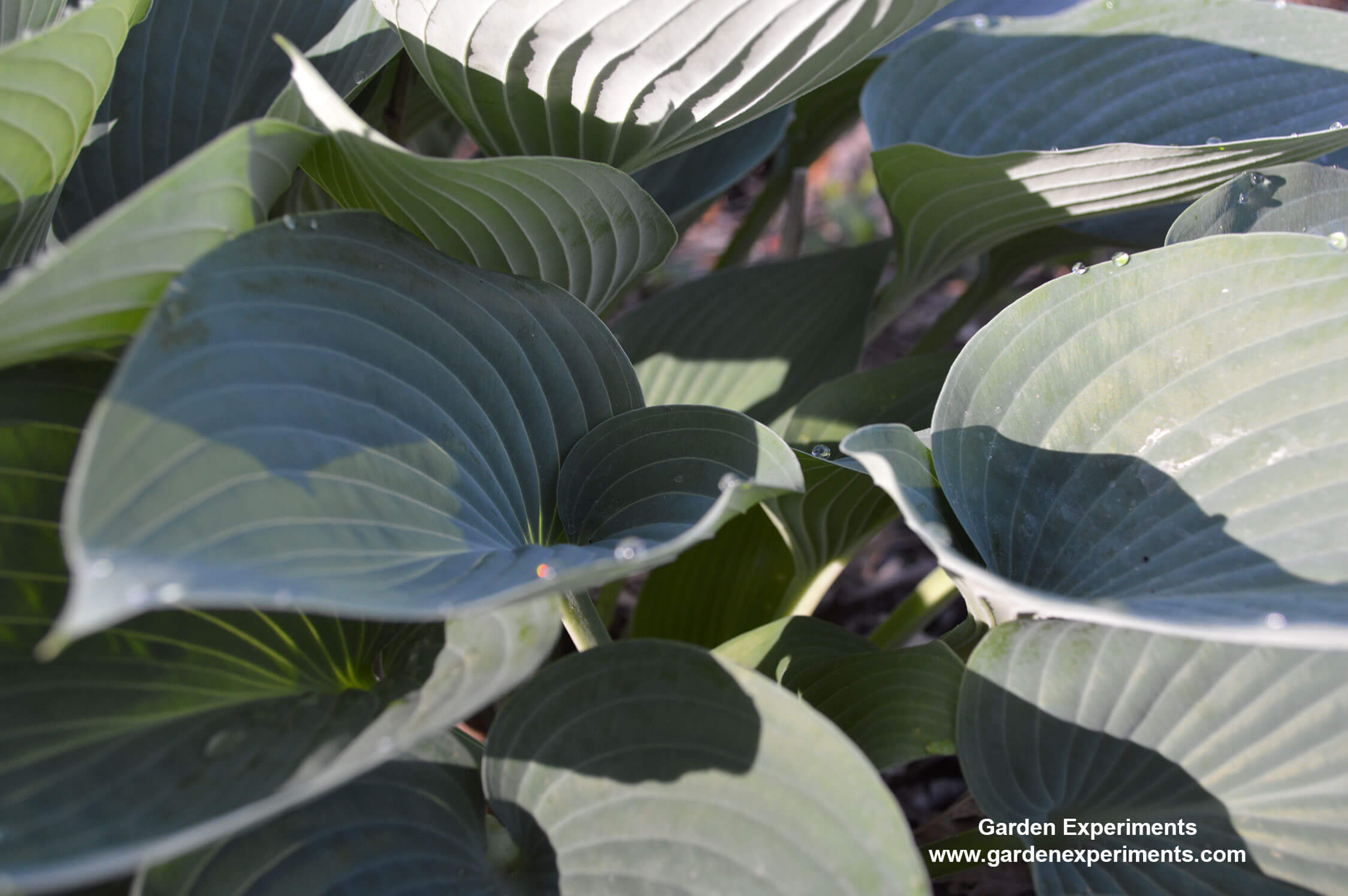
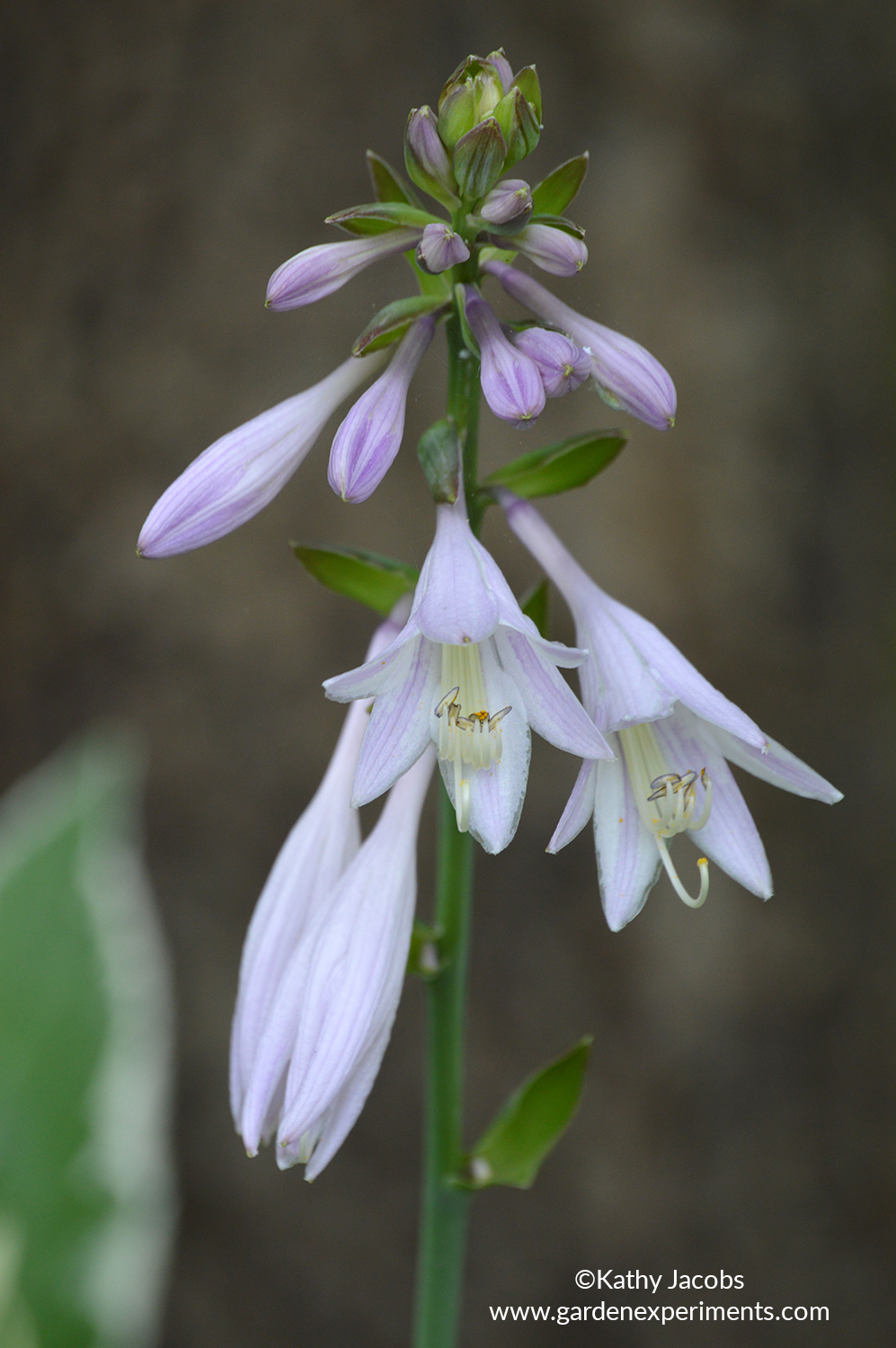
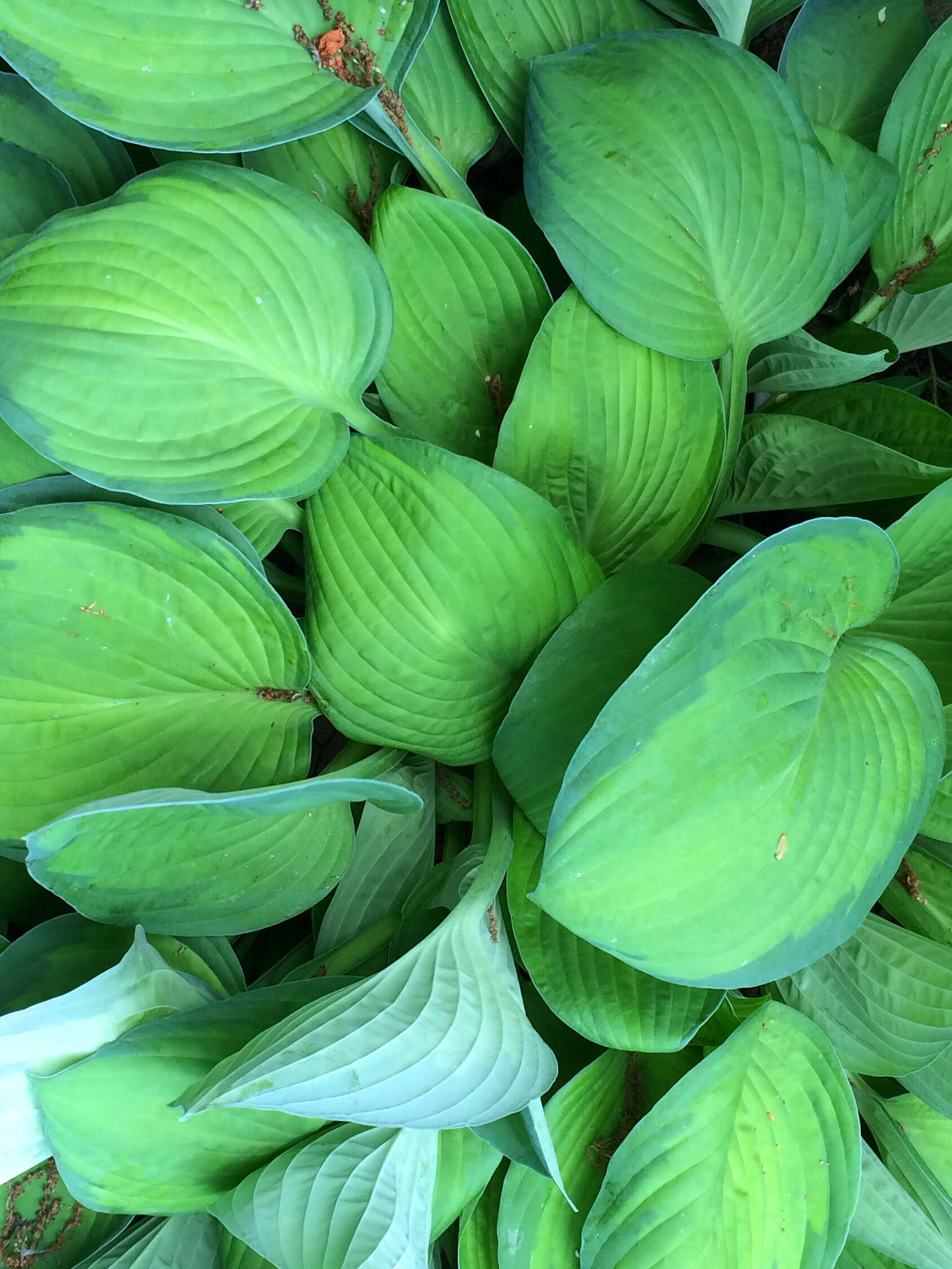
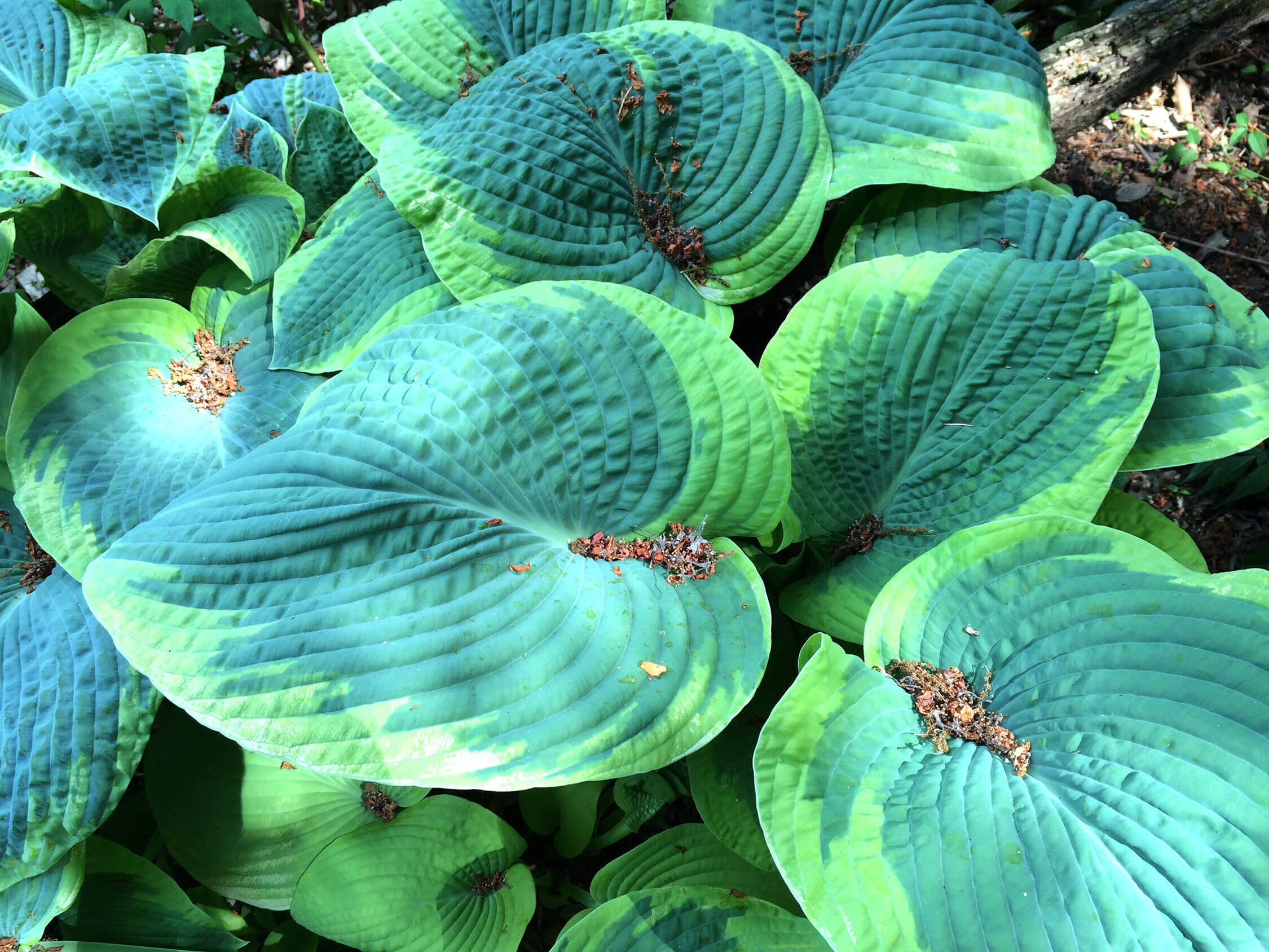
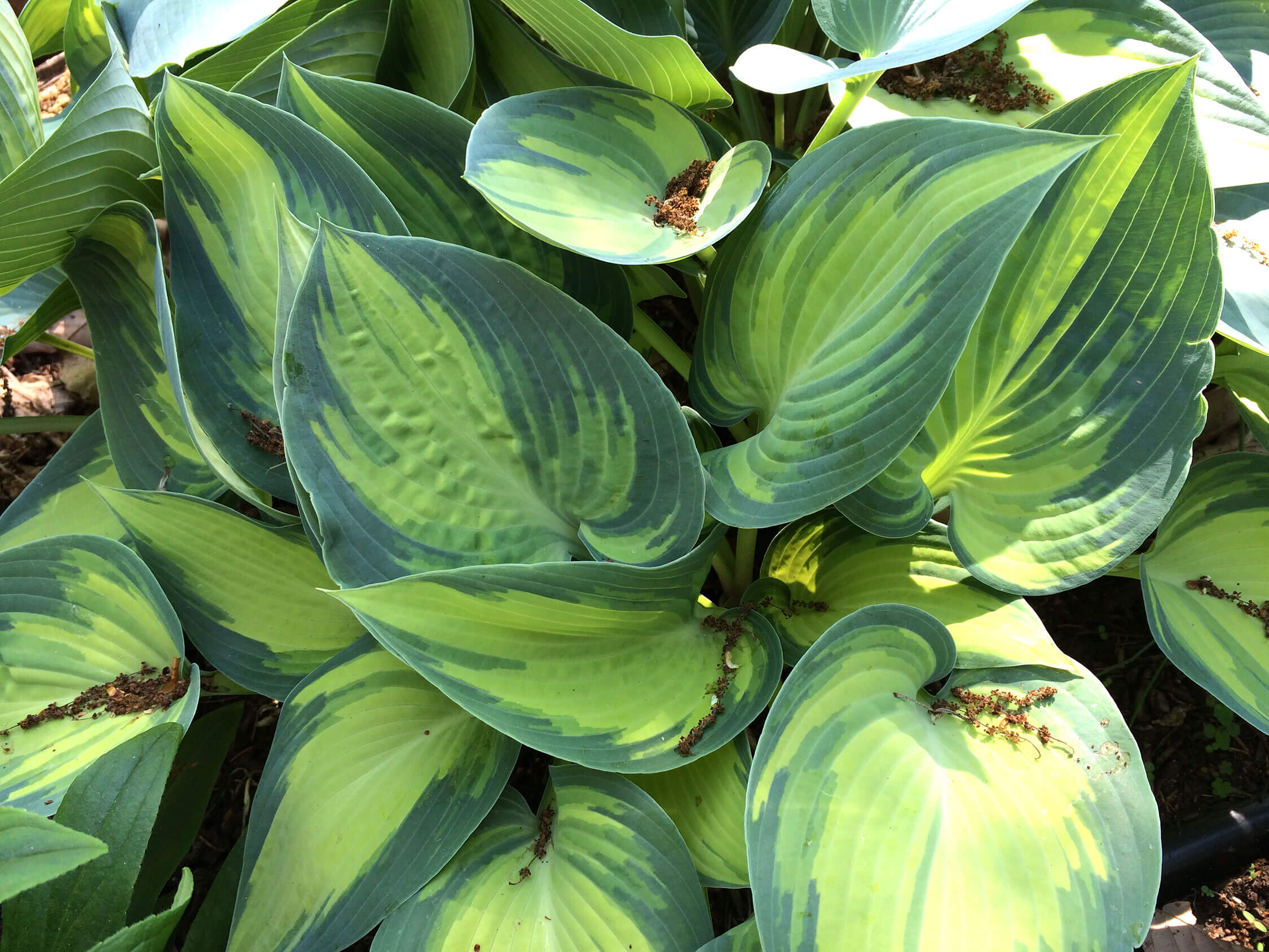
#7 Aucuba
Aucuba japonica, commonly known as spotted laurel or gold dust, comes in many hybrids which range in color. I like the shiny green and yellow leaves. This plant can grow several feet tall, depending on the variety you get. It’s very easy to root from a cutting. Just place a cutting in water and in just a short time you will have roots on the stem.
Aucuba is hardy in USDA zones 7a to 9b. Technically, it’s a shade-tolerant shrub, but with its green stems, it doesn’t look much like one.
This shrub that grows in the shade is drought tolerant. It prefers part shade to full shade and leaves that are exposed to bright sun will turn brown.
Aucuba prefers well-drained moist soil. It is an evergreen and will not lose its leaves in winter.
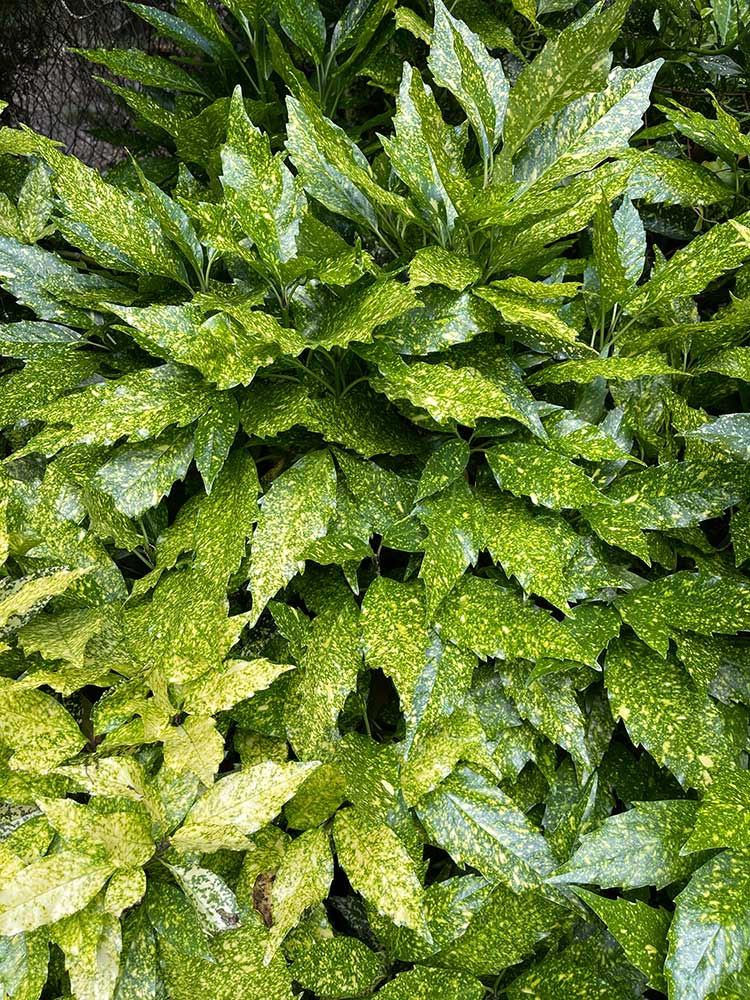
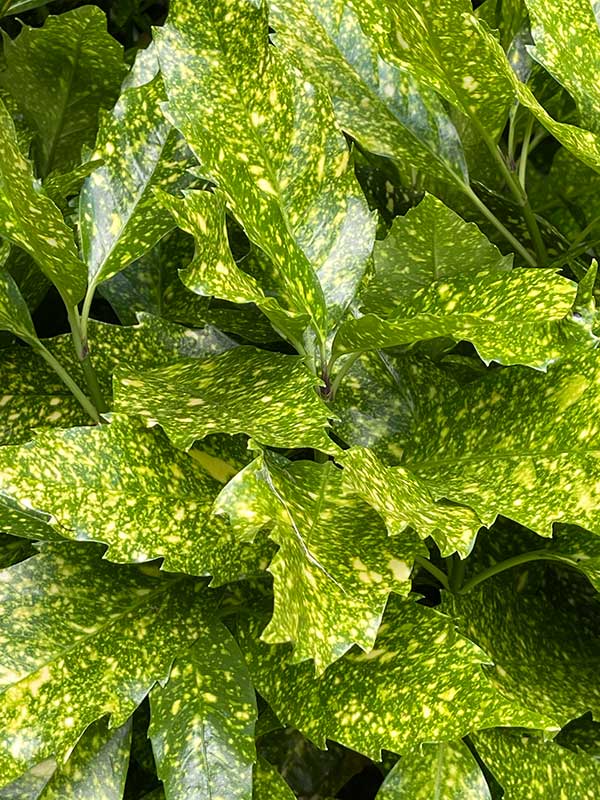
Annual Shade Plants with Amazing Leaves
I can’t write an article about shade plants without talking about Coleus. Although it’s an annual, they are very easy to grow from seed or from cuttings. There are so many different colors of leaves, I just adore this plant.
#8 Coleus – Colorful Leaves for a Shade Garden
Coleus prefer well-drained soil but will need to be watered in periods of dry weather. There are sun-tolerant varieties, so check the label when purchasing seeds or plants to make sure you are getting an annual for your shade garden. Coleus is a low-maintenance plant once it has settled in. As an annual, it can be grown in most zones of the U.S.
Coleus is very easy to grow from seeds and can also be rooted from cuttings. Read more about growing coleus from seeds or cuttings.
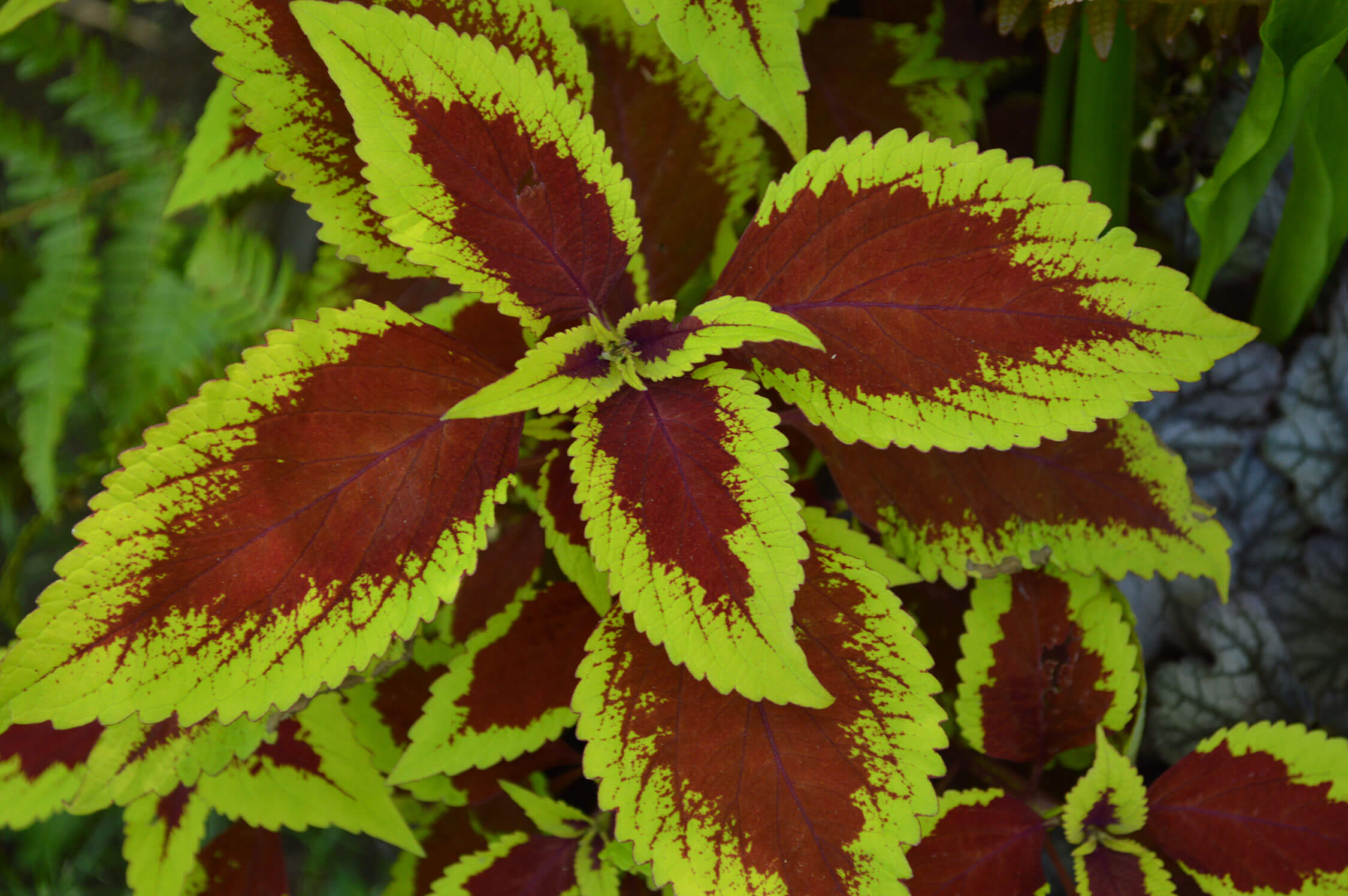
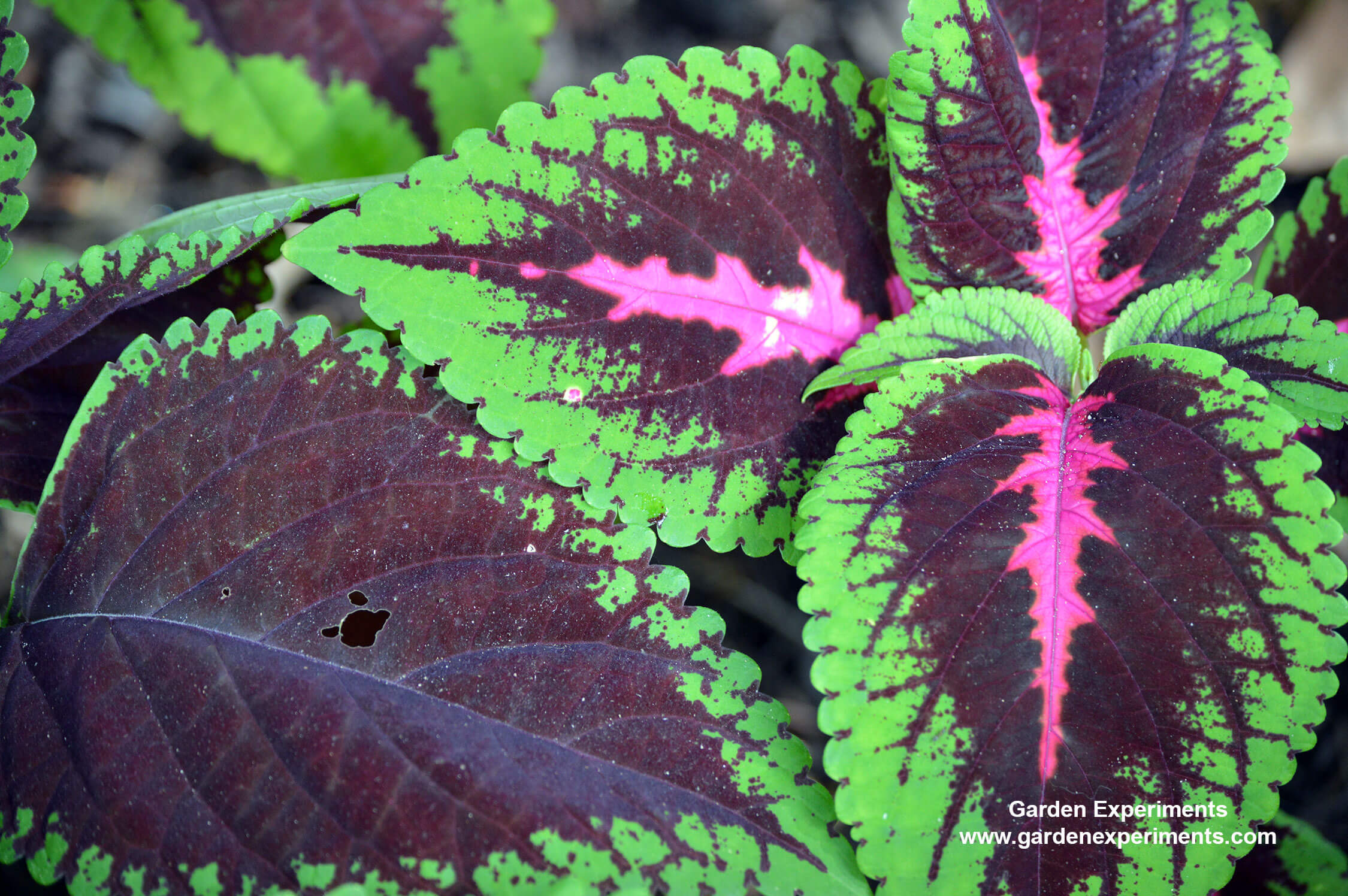
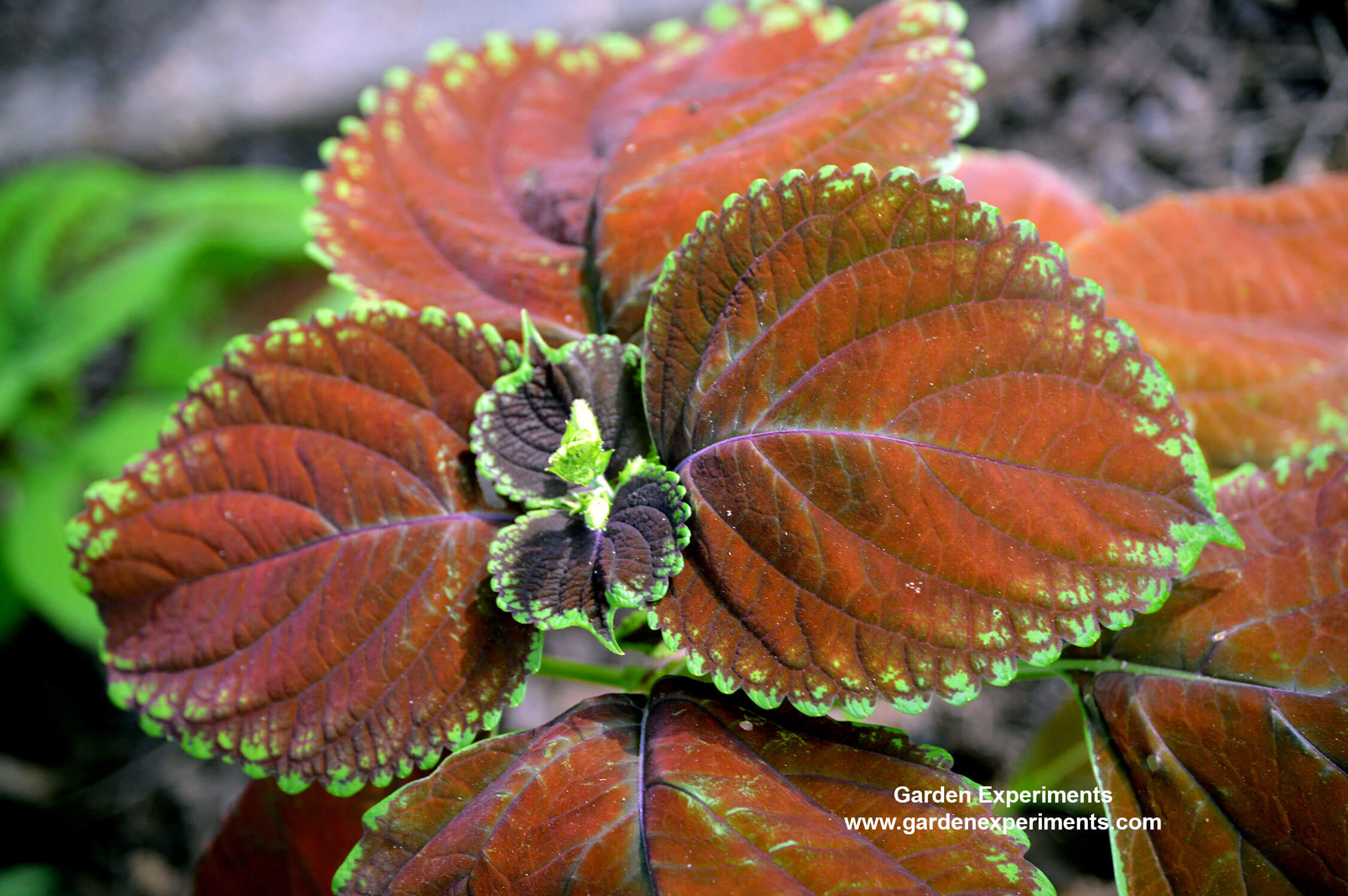
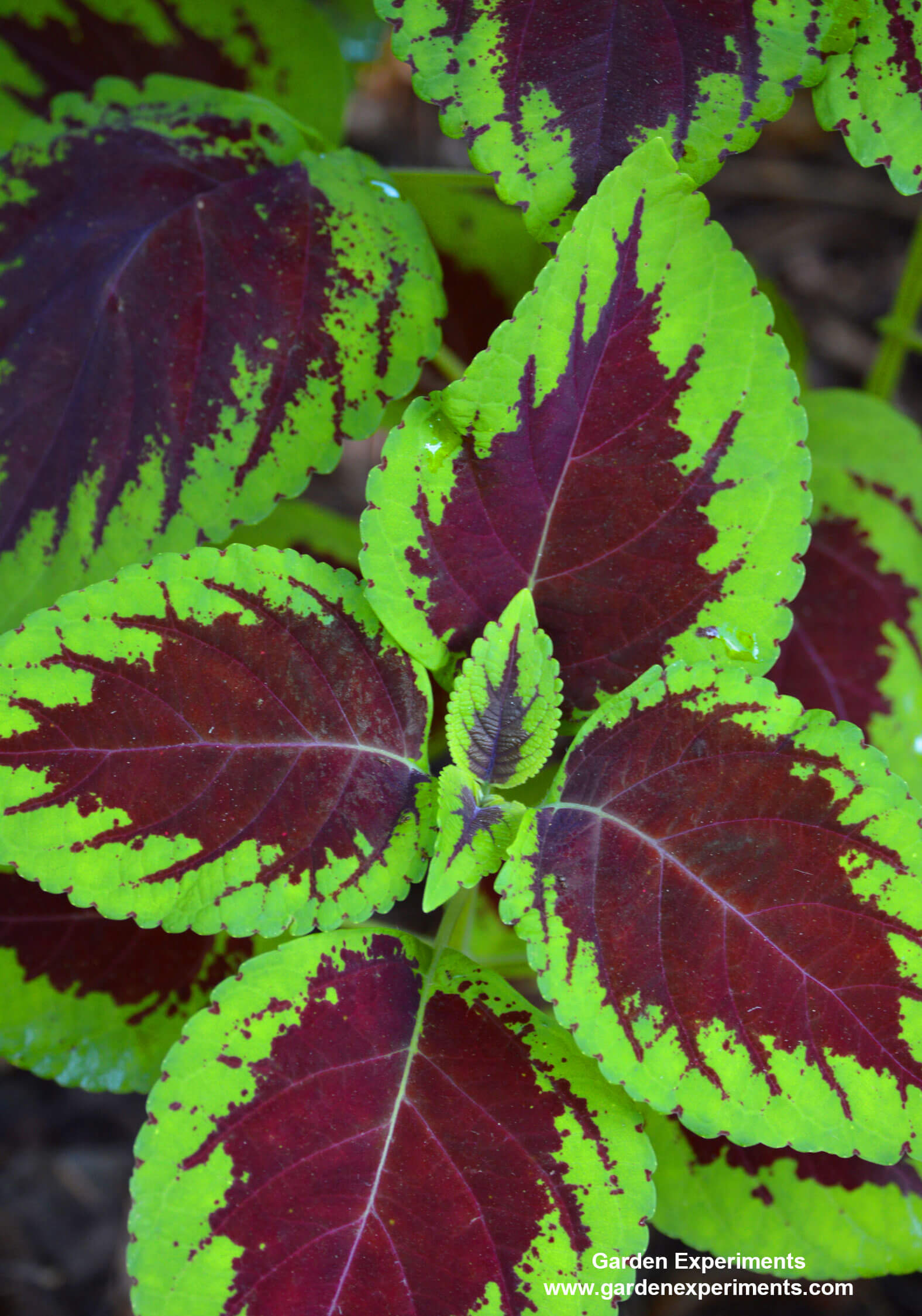
Ground Covers for Shade
Often, it is easier to cover the ground in shady areas rather than try to grow plants that need deeper root penetration. Competing with trees can be a challenge. There are many options for ground covers in the shade. Here are some of my favorites.
#9 Vinca minor
This is a pretty aggressively spreading shade loving ground cover, so be careful where you plant it. It produces lovely periwinkle flowers in early spring. The vine gets to be about 5 inches tall and spreads rapidly. It prefers part-shade and can tolerate some sun. Periwinkle is a very hardy shade tolerant ground cover and it is perennial.
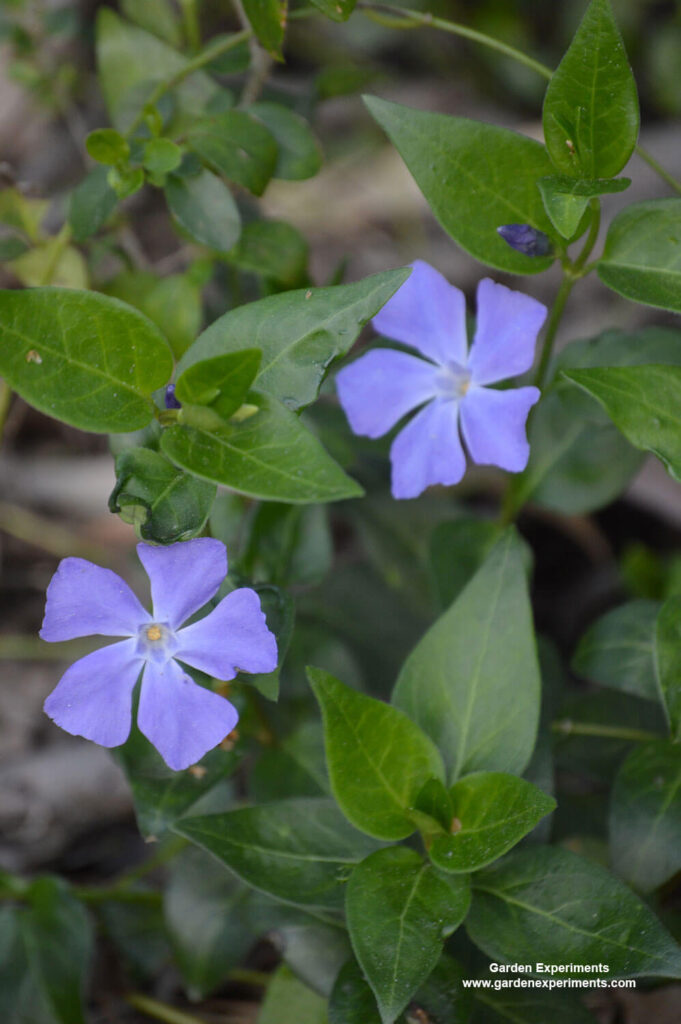
#10 Lamium
This green and silver-leaved plant produces yellow, white, or pink flowers in shade gardens. The plant stays pretty low to the ground, but the flowers extend upwards of 6 to 7 inches. It isn’t an aggressive spreader in my zone (7b). It grows well in zones 2 to 9 and is rather hardy. Plant your Lamium in part to full shade.
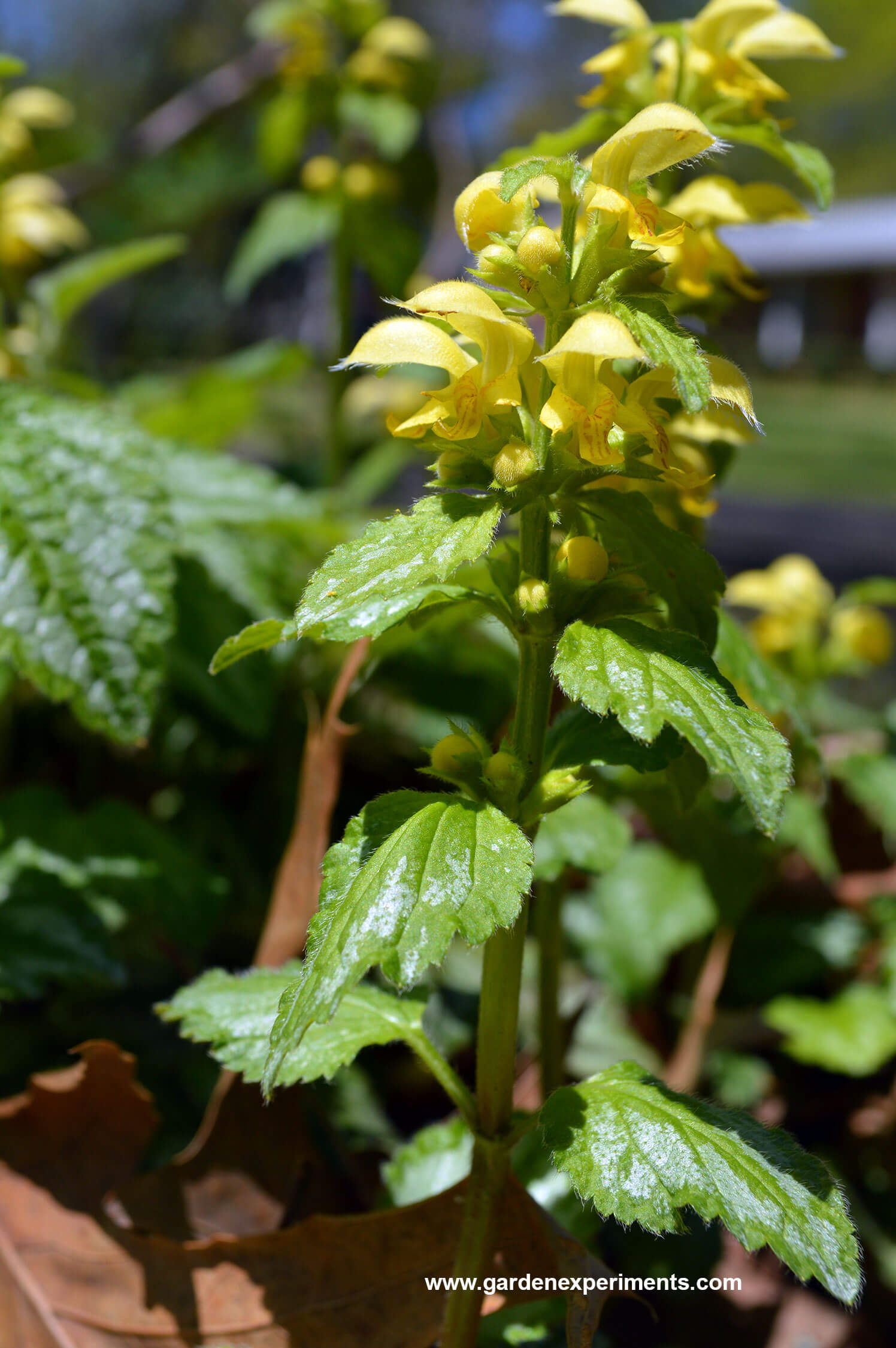
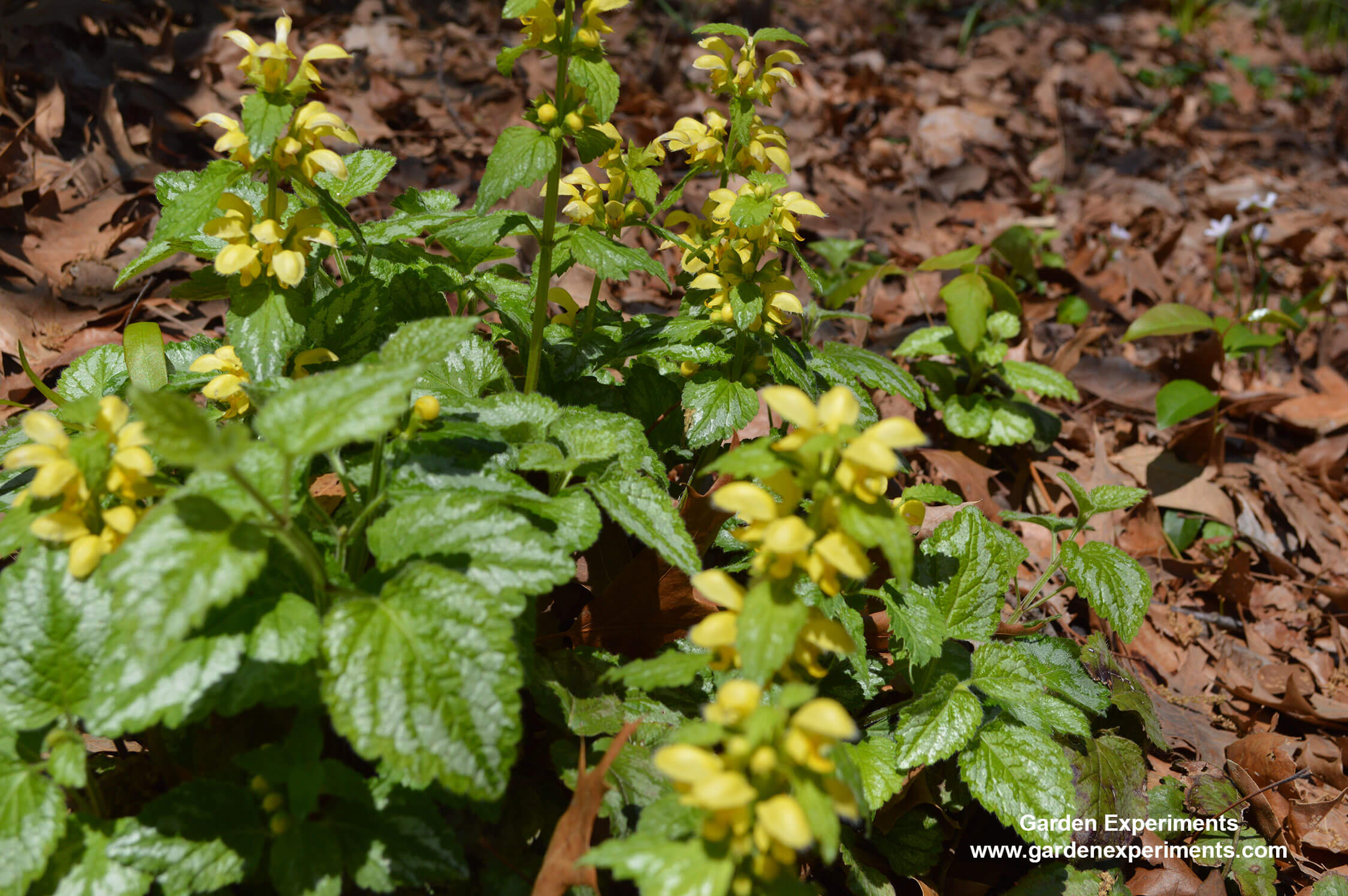
#11 Creeping Jenny – Lysimachia nummularia
This is another aggressively spreading ground cover plant and in some places it is considered an invasive, so be cautious when planting it in your shade garden. I love the lime green color of the leaves which show up really well in shady parts of your garden. Creeping jenny is very low to the ground, with a height of only an inch or two at the most. It also goes well in containers as it spills over the edge. Creeping jenny is perennial.
